Rome and Etruscan
1/45
There's no tags or description
Looks like no tags are added yet.
Name | Mastery | Learn | Test | Matching | Spaced |
|---|
No study sessions yet.
46 Terms
Sarcophagus of the Spouses
Title
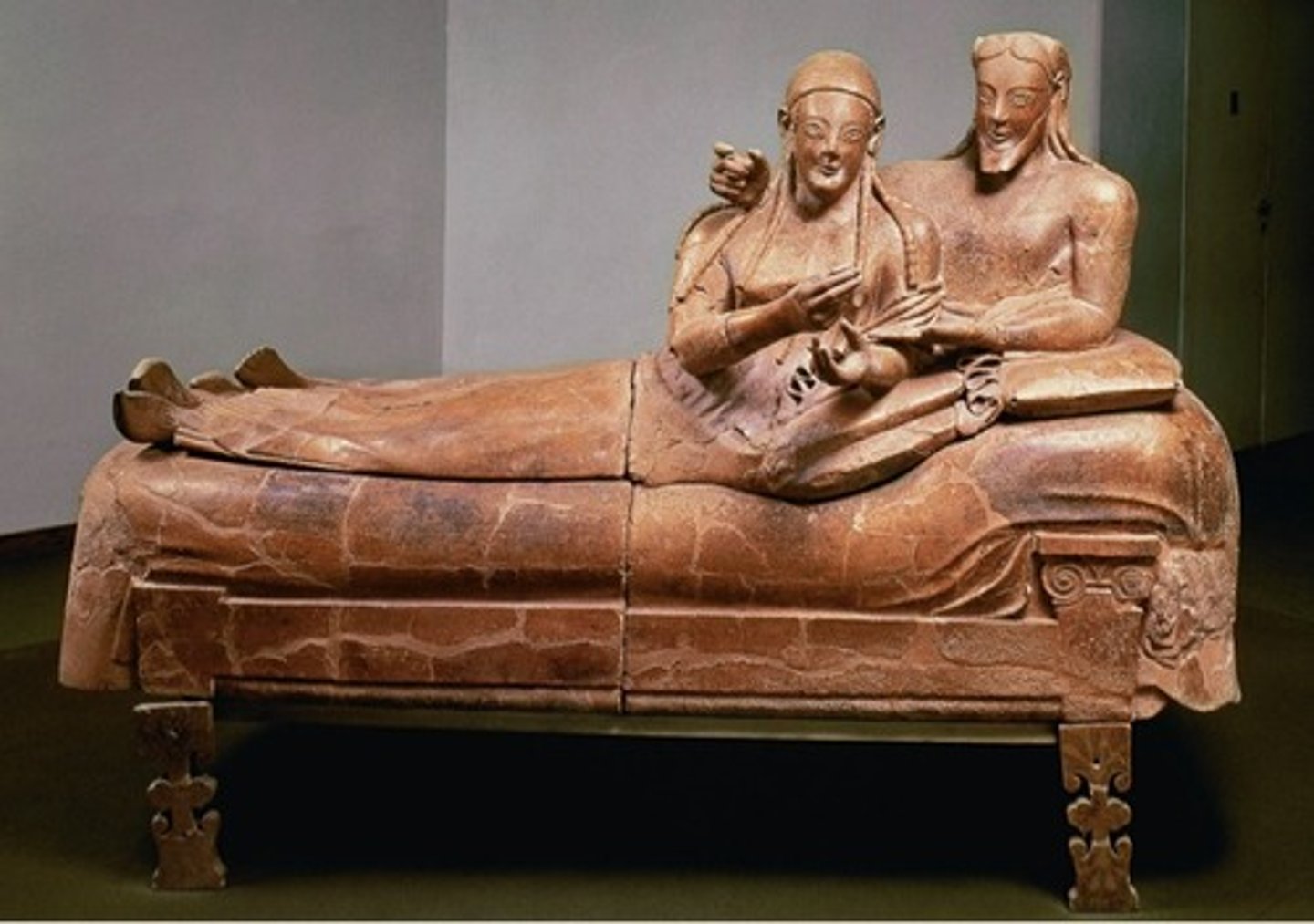
520 B.C.E.
Date
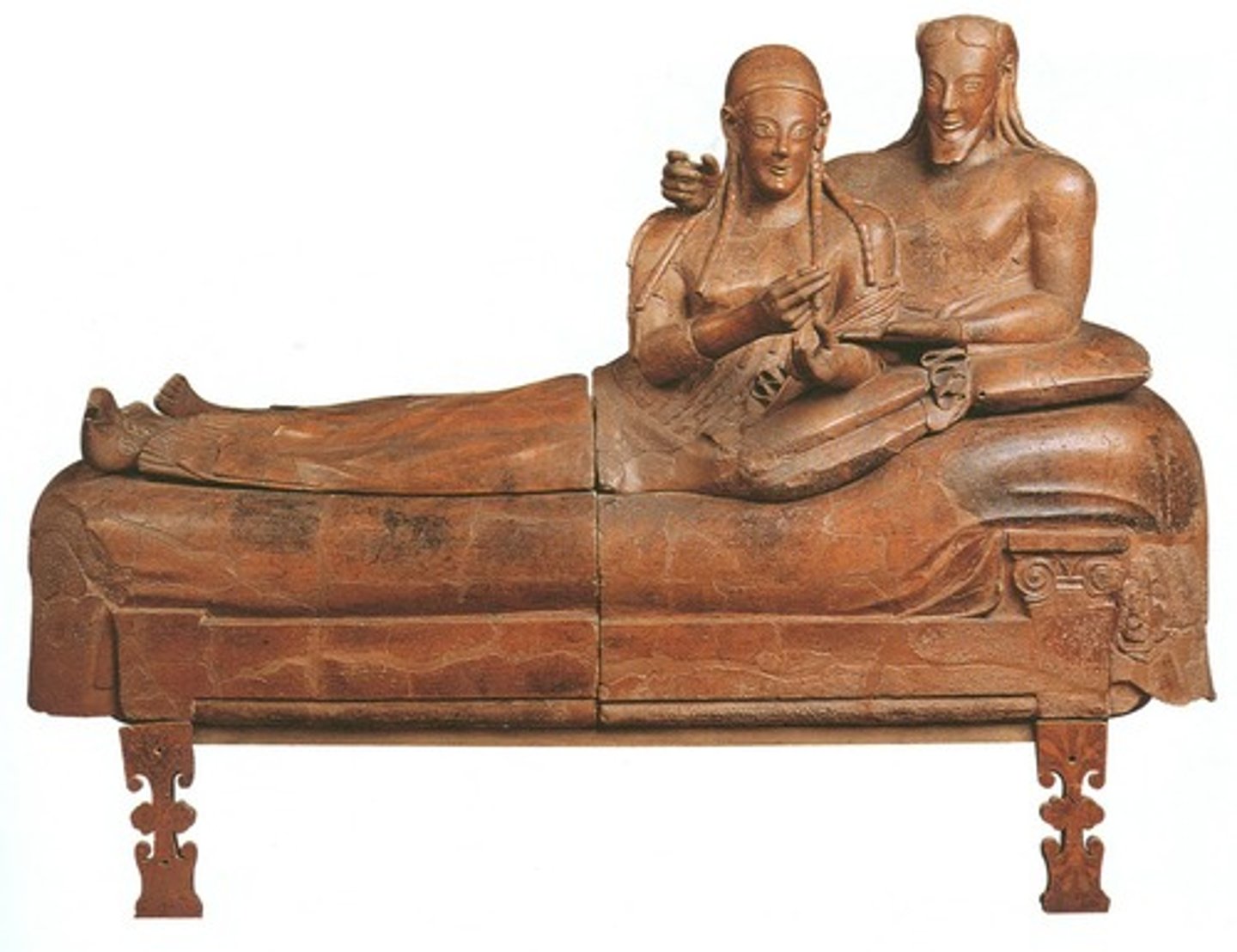
Cerveteri, Italy (Etruscan)
Location
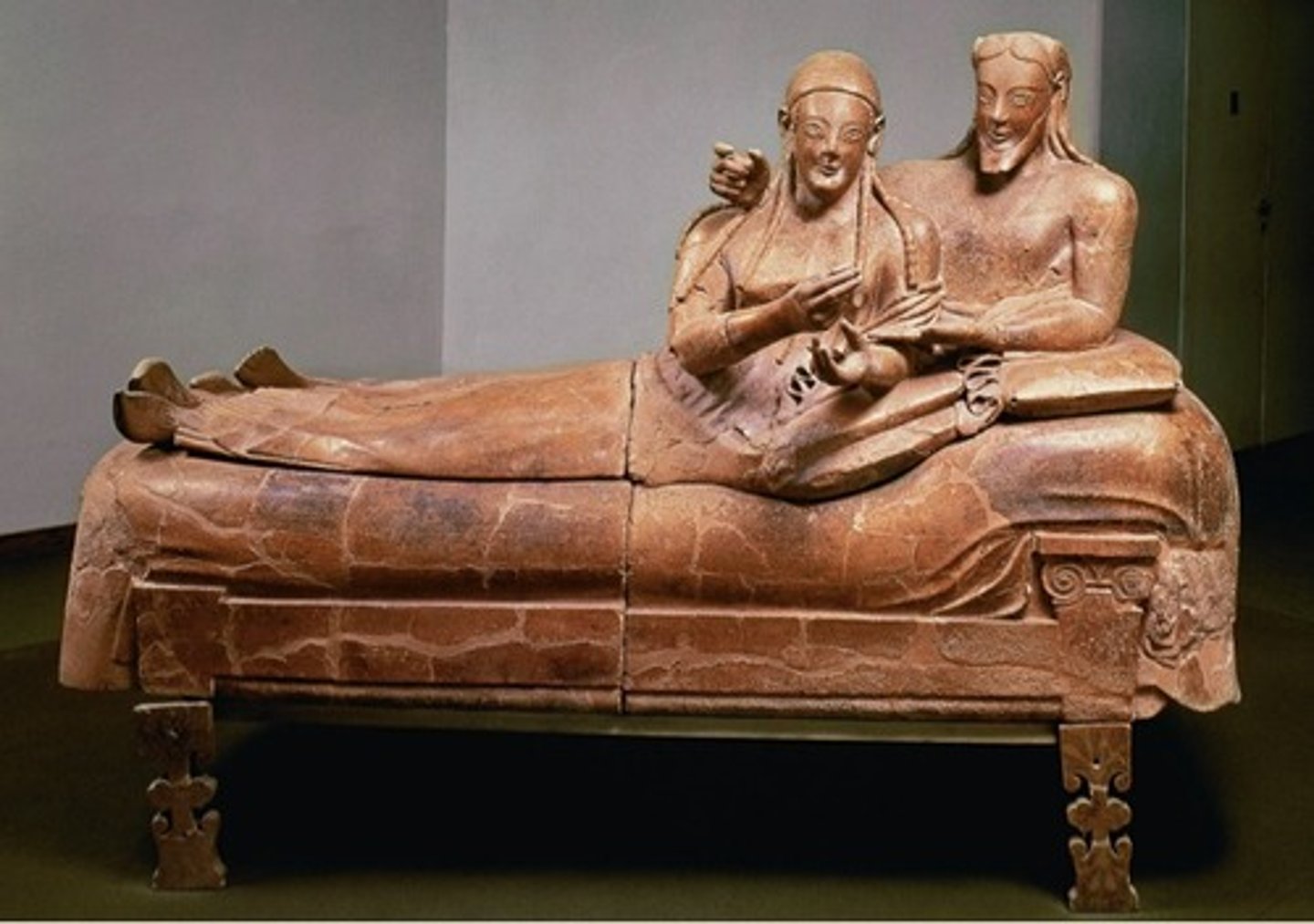
painted terracotta
Material
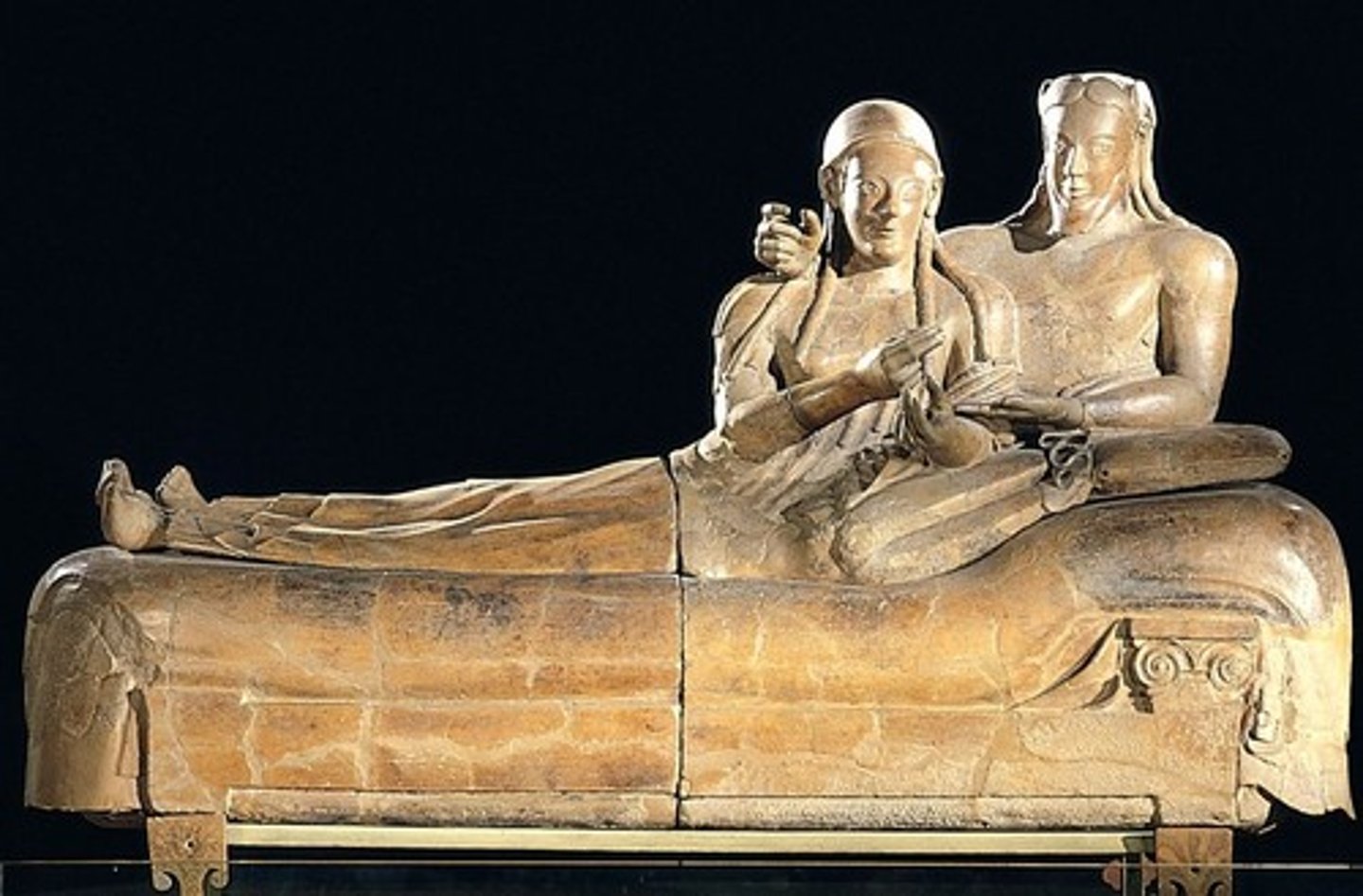
Temple of Minerva and sculpture of Apollo.
Title
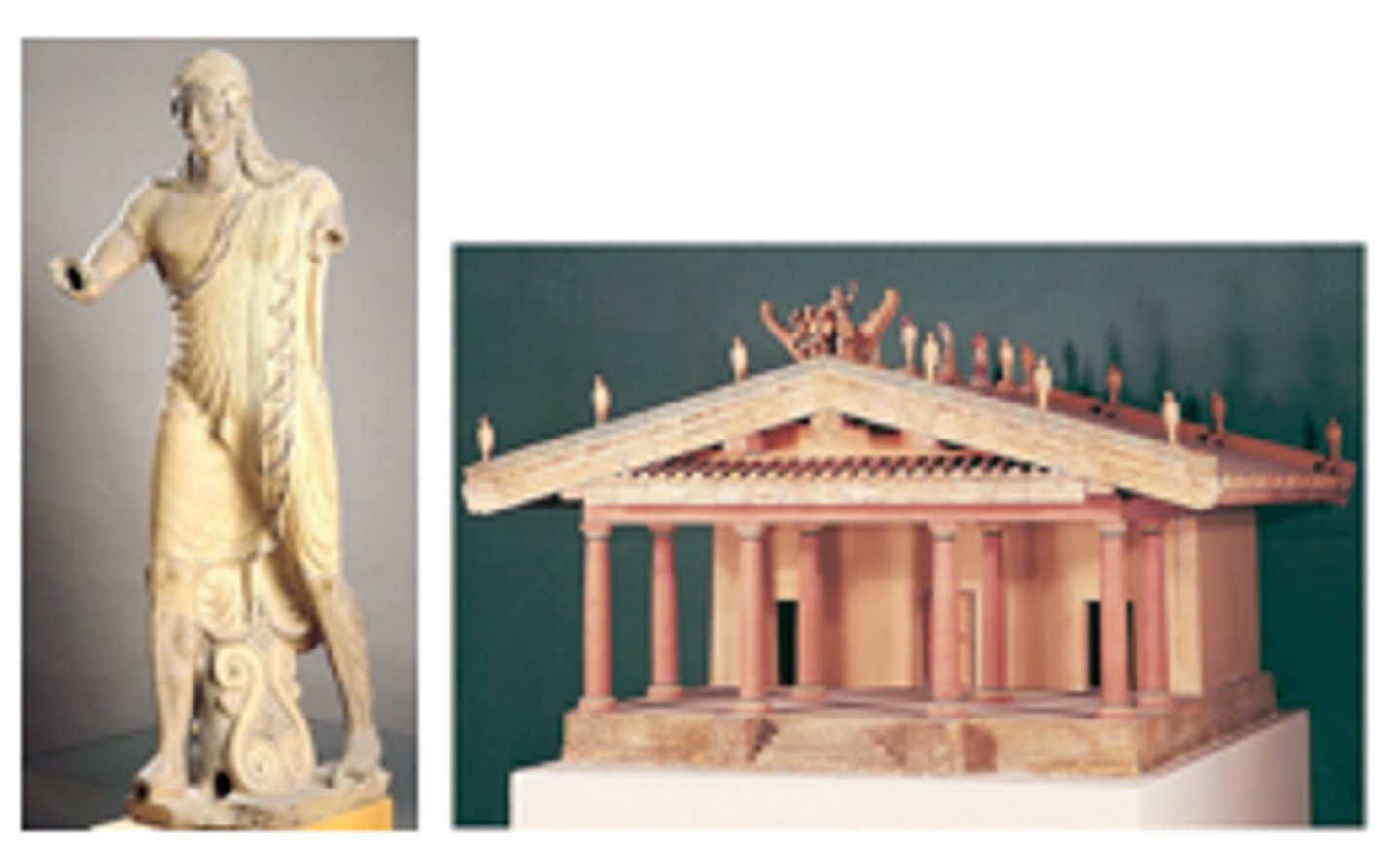
510-500 BCE
Date
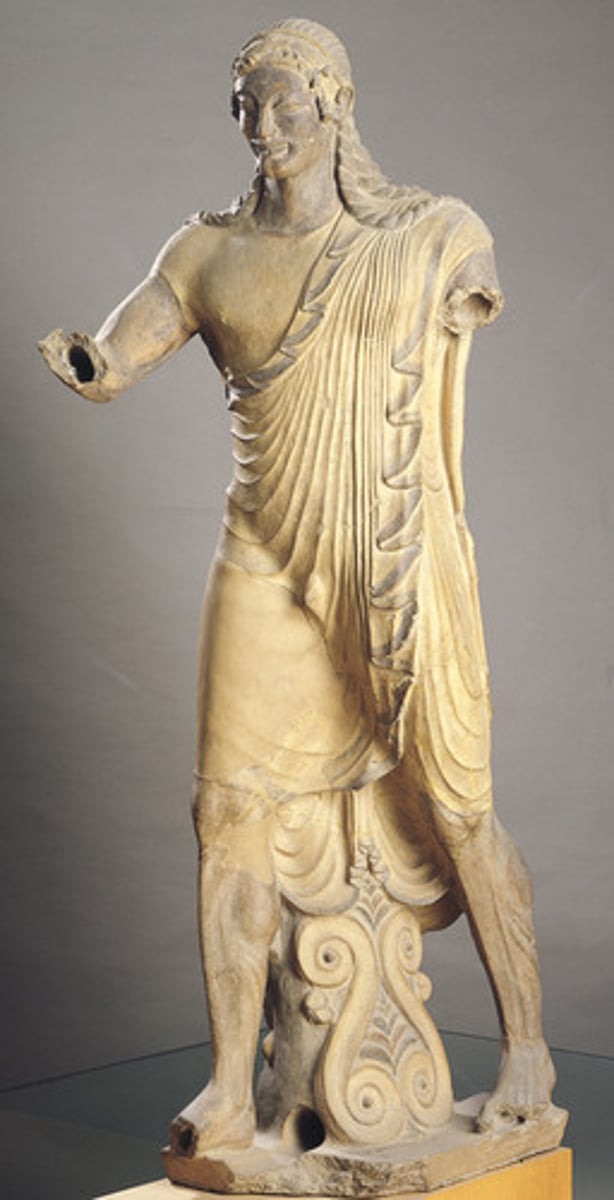
Veii, Italy (near Rome, Etruscan)
Location

Wood, mud brick, tufa (Temple); terra cotta (sculpture by Master sculptor Vulca)
Material
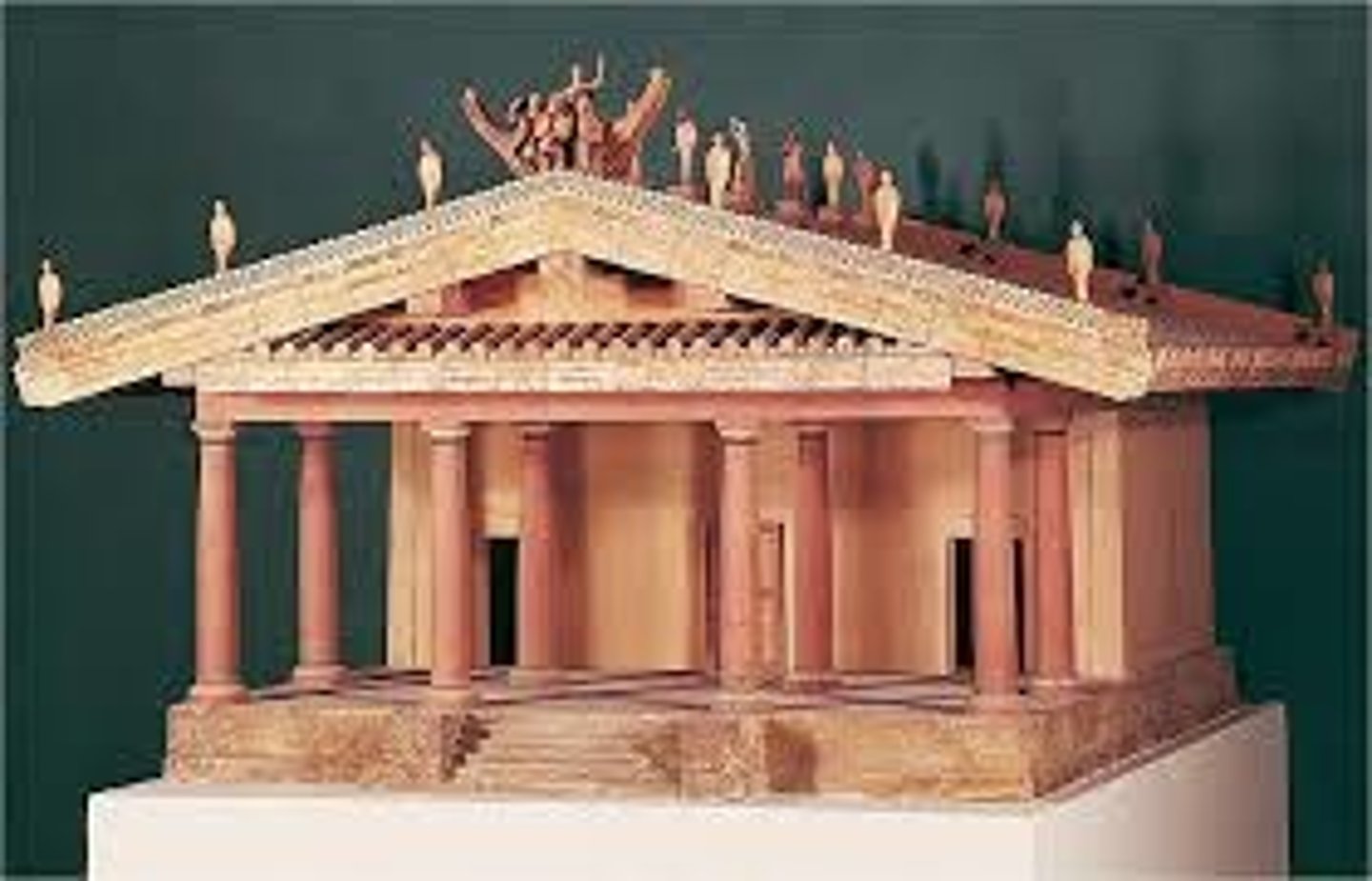
Tomb of Triclinium
Title
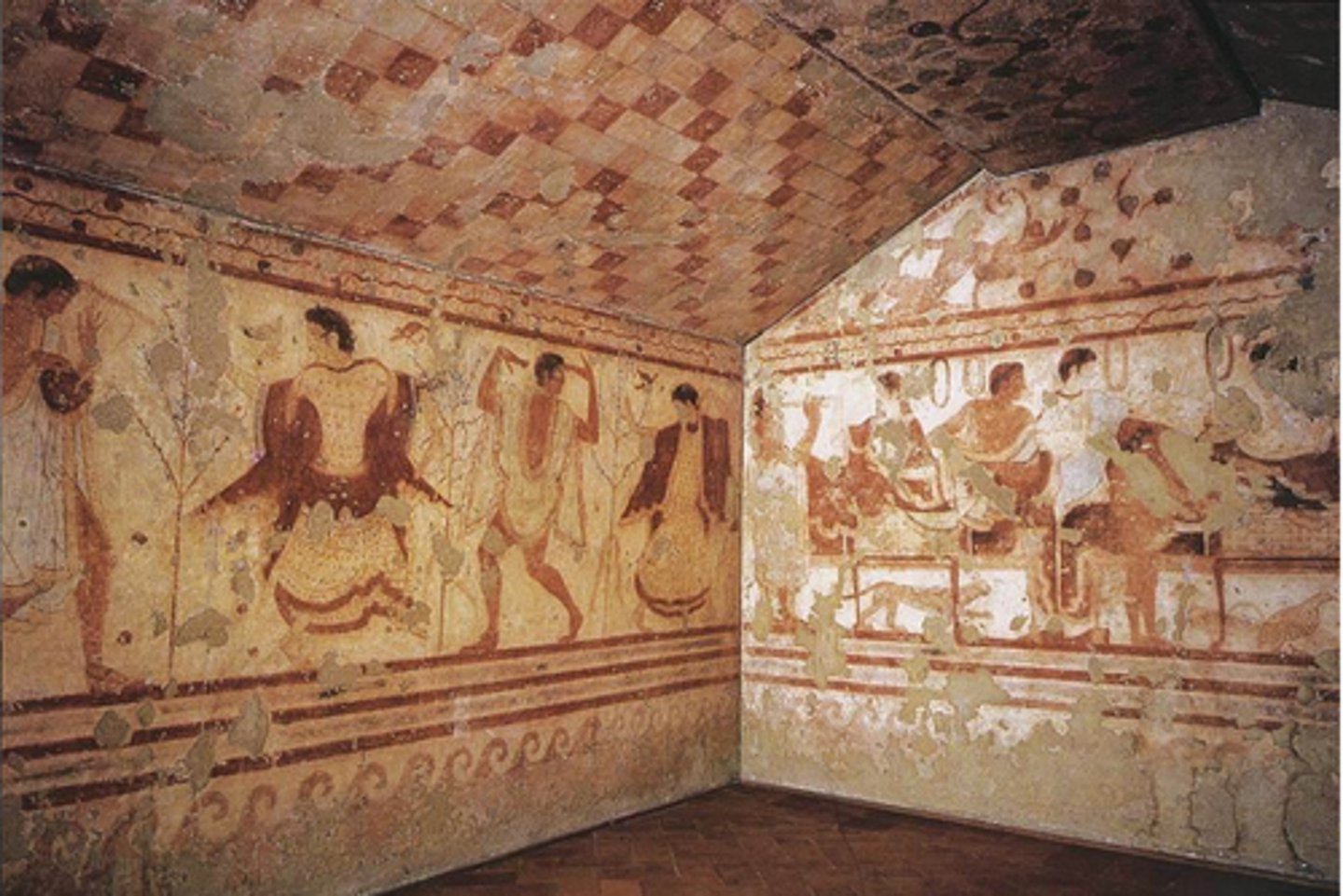
480-470 BCE
Date
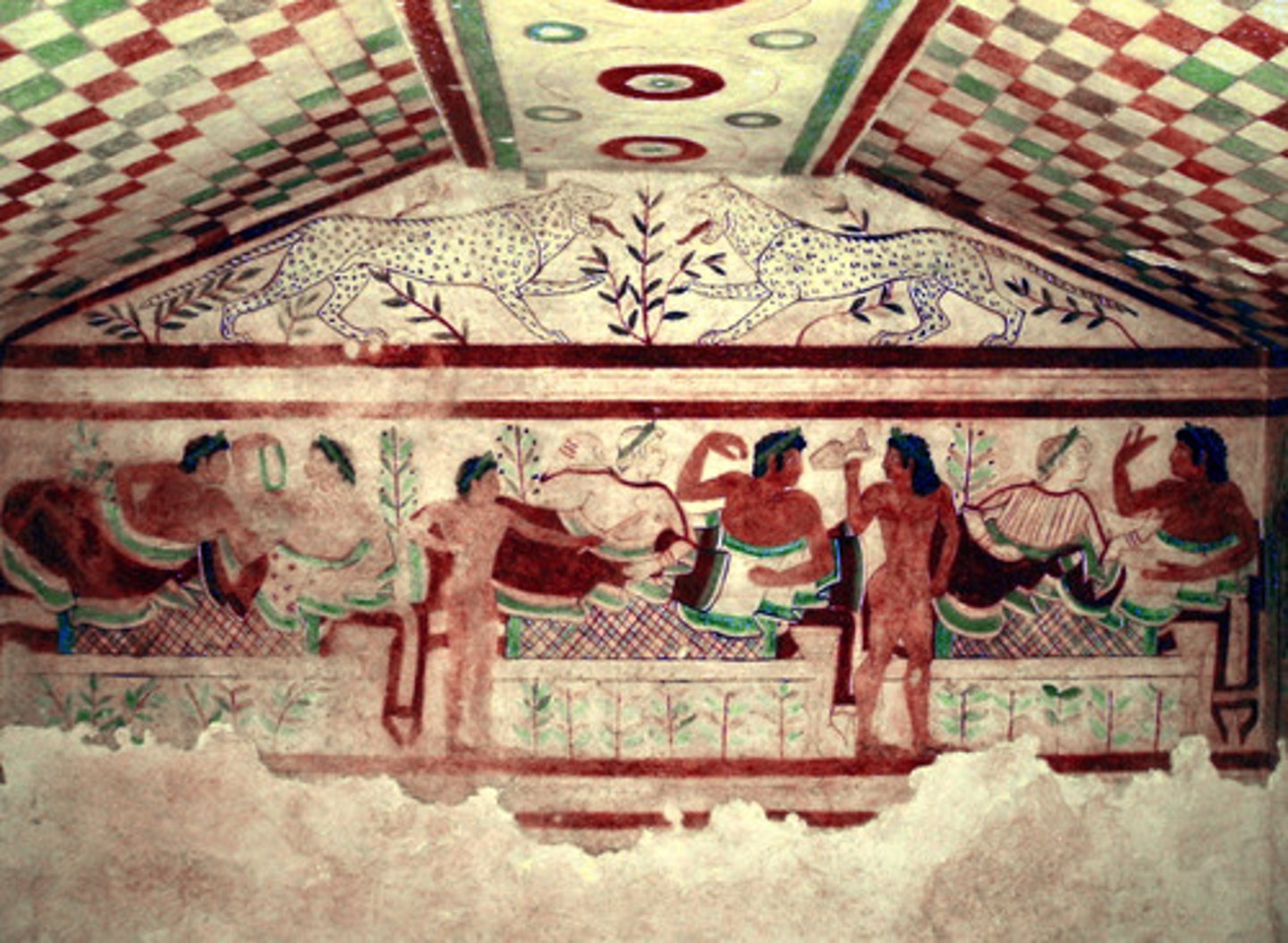
Tarquinia, Italy (Monterozzi necropolis, Etruscan)
Location
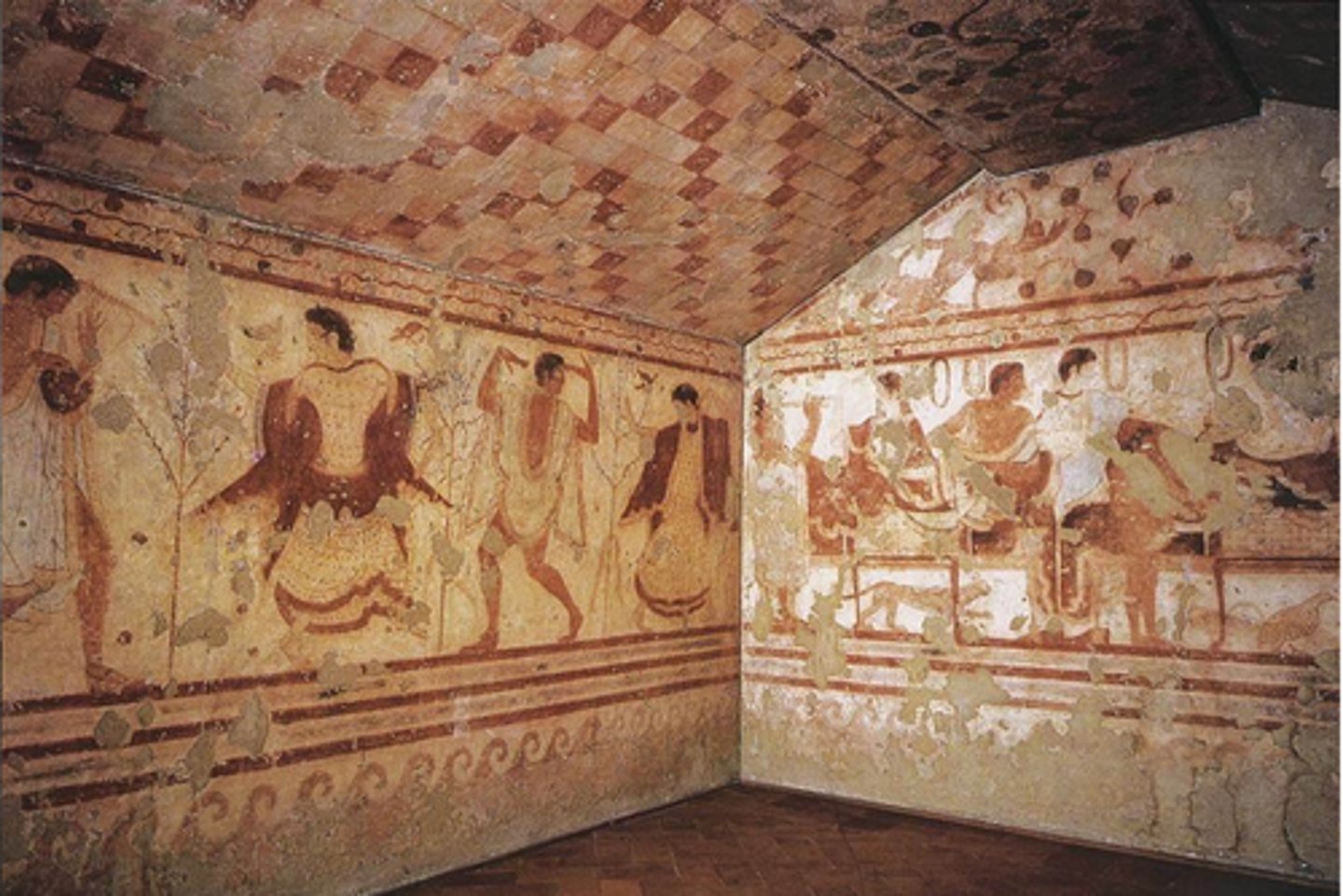
Tufa and fresco
Material
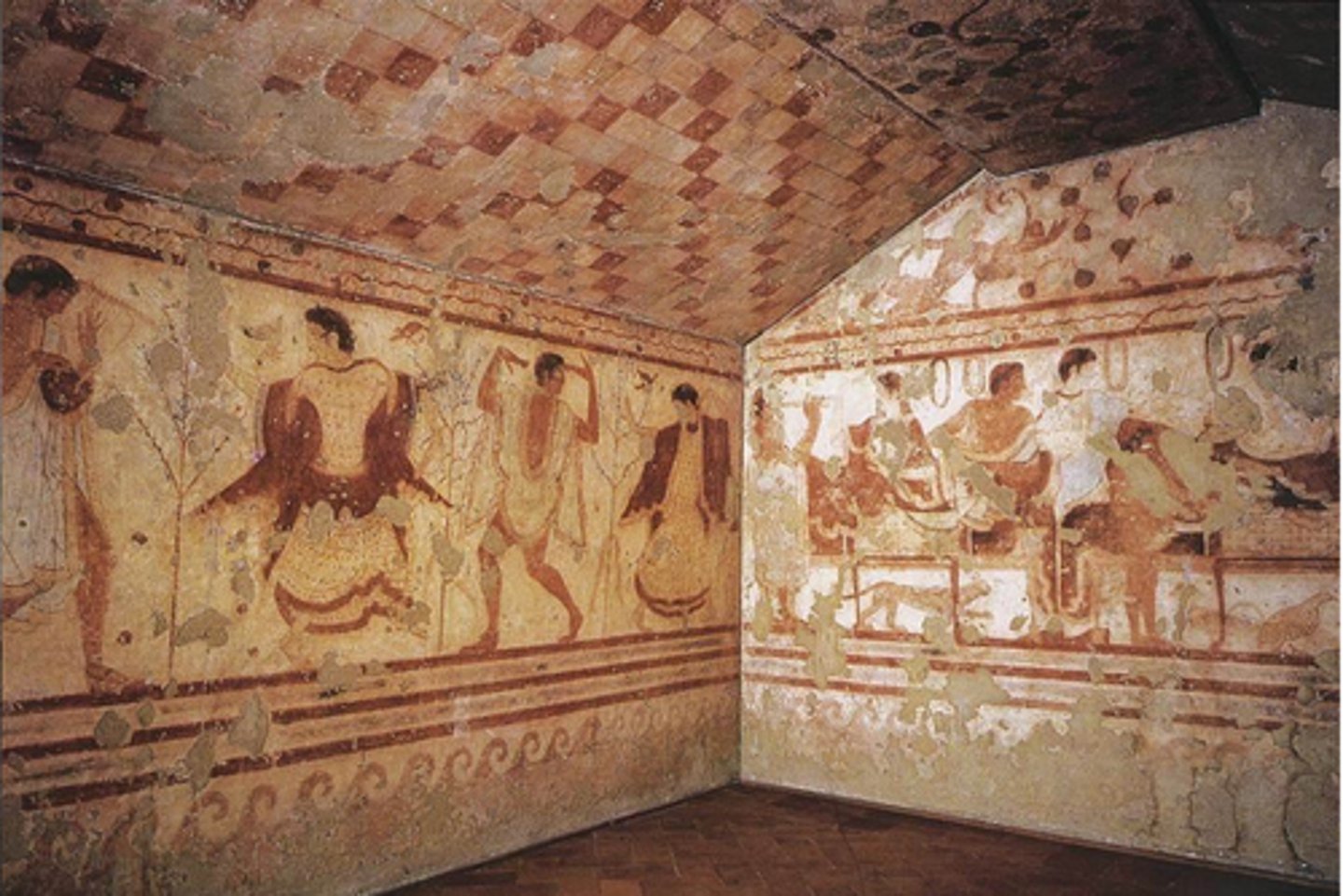
House of the Vettii
Title
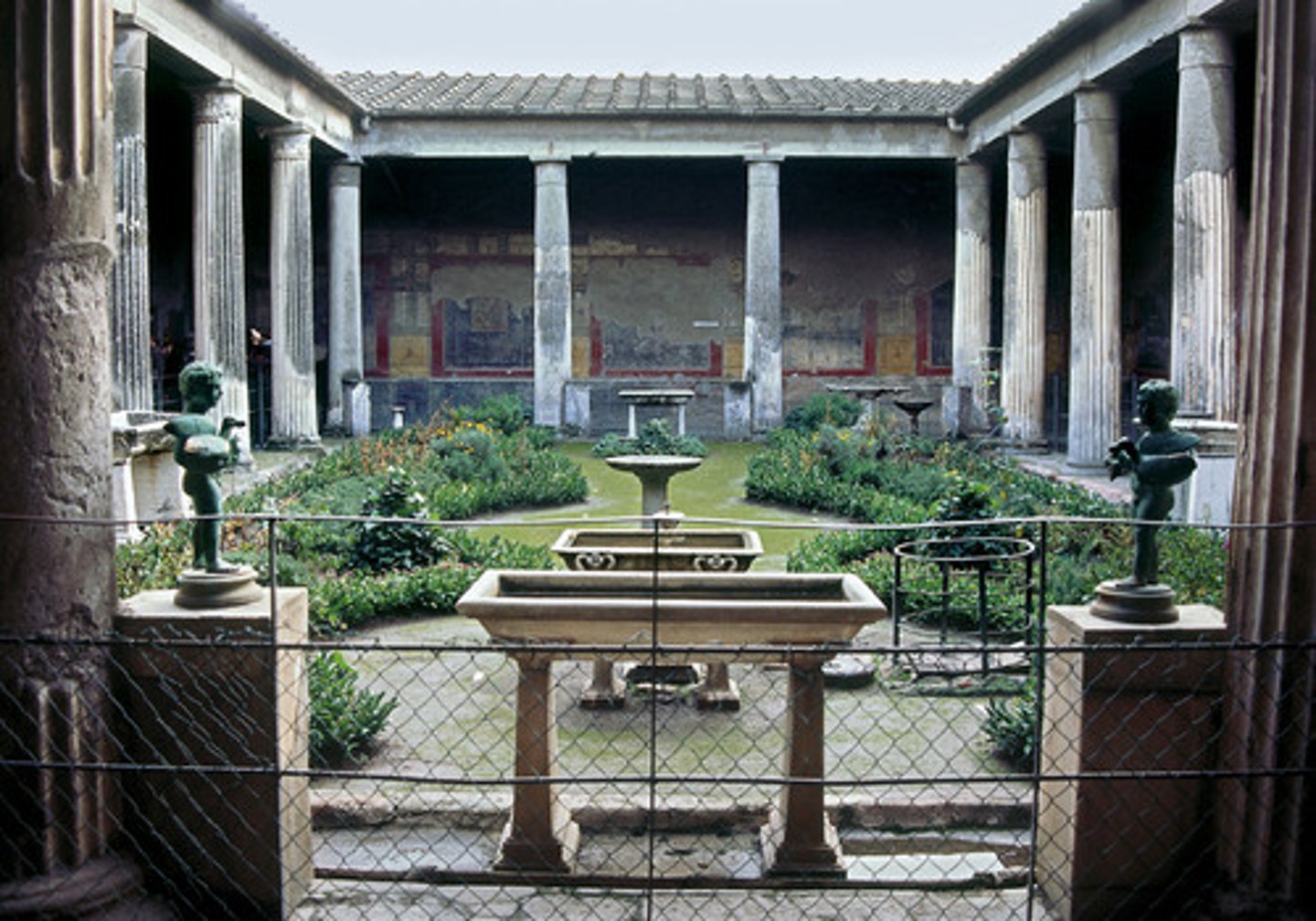
Second century BCE; rebuilt c 62-79 CE (Imperial Roman)
Date
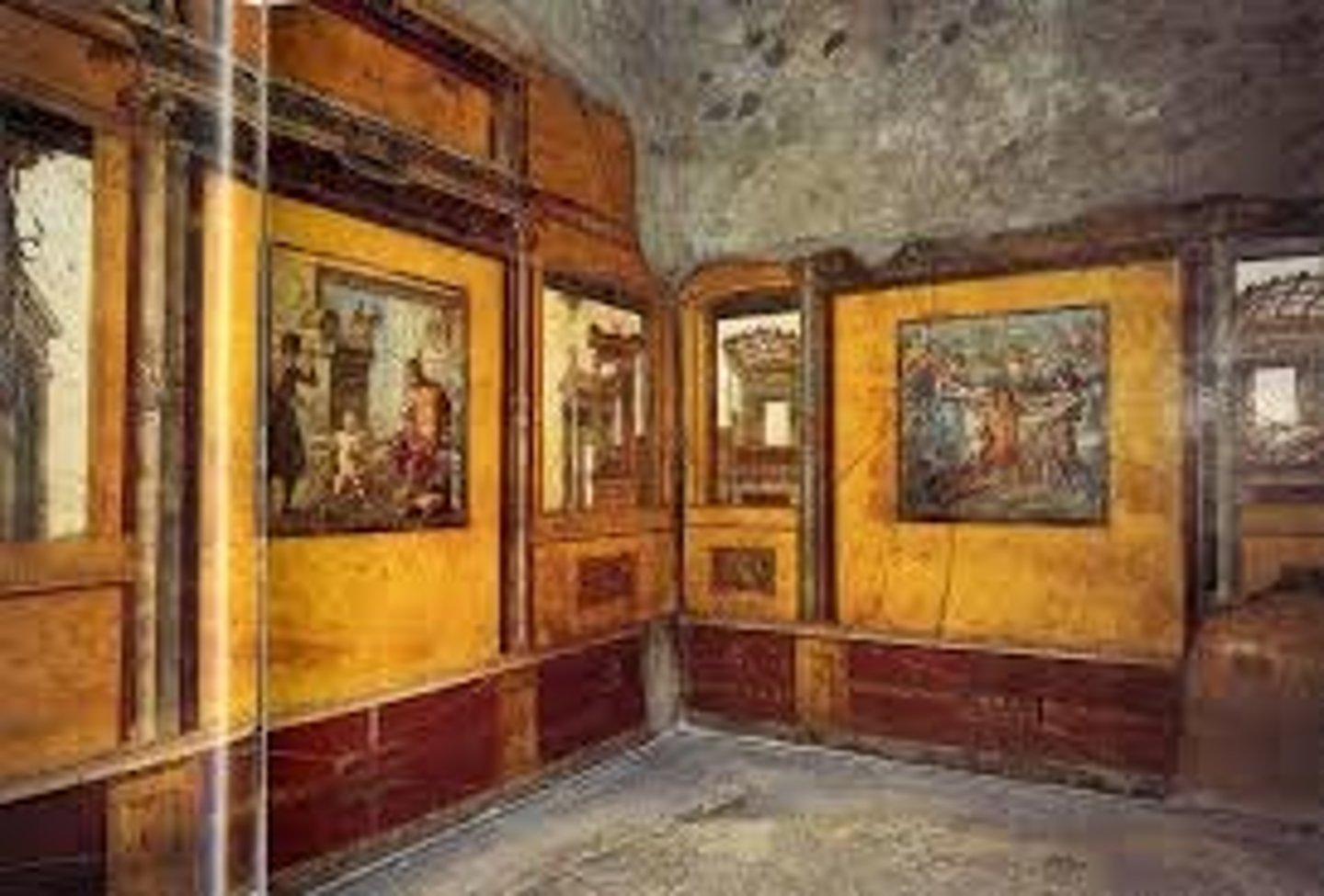
Pompeii, Italy
Location
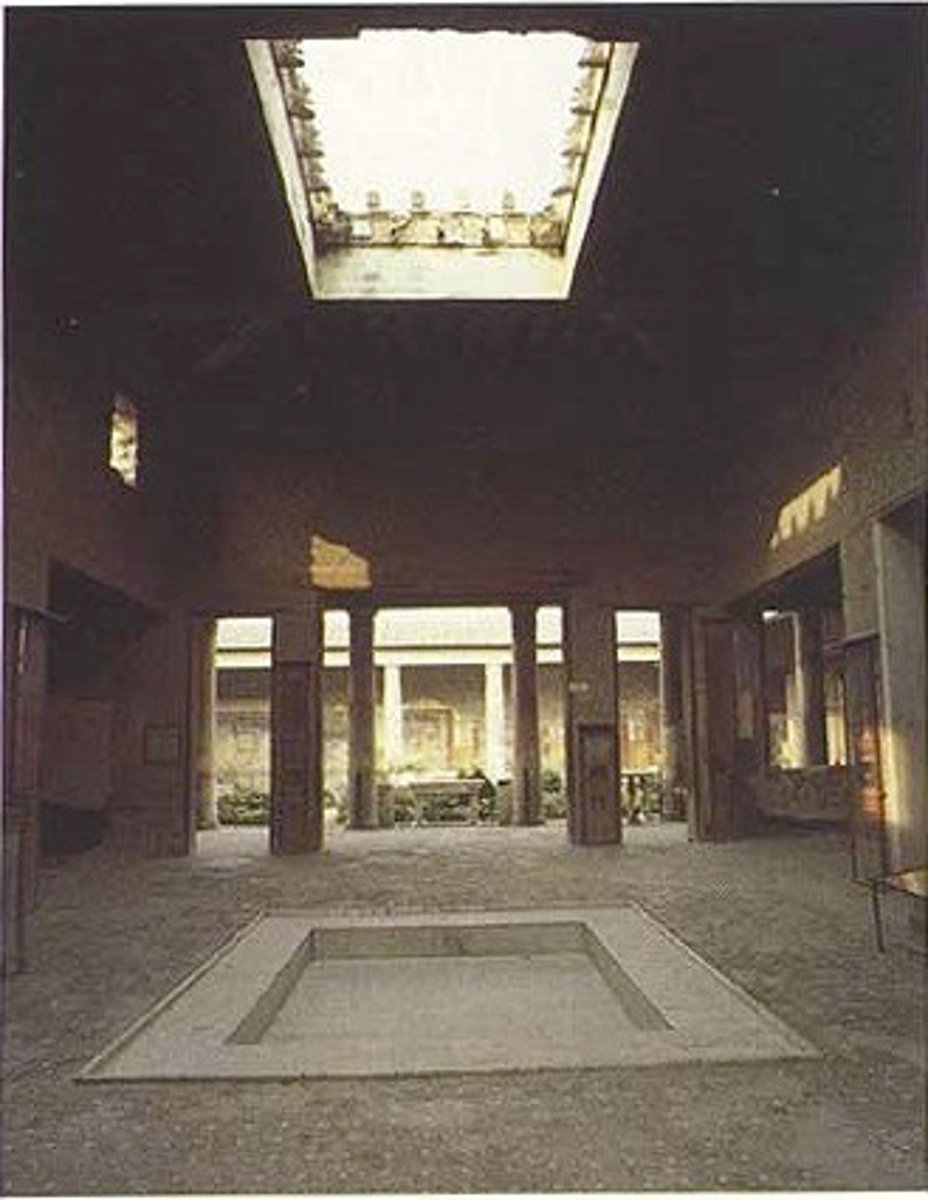
Cut stone and fresco
Material

Alexander Mosaic
Title
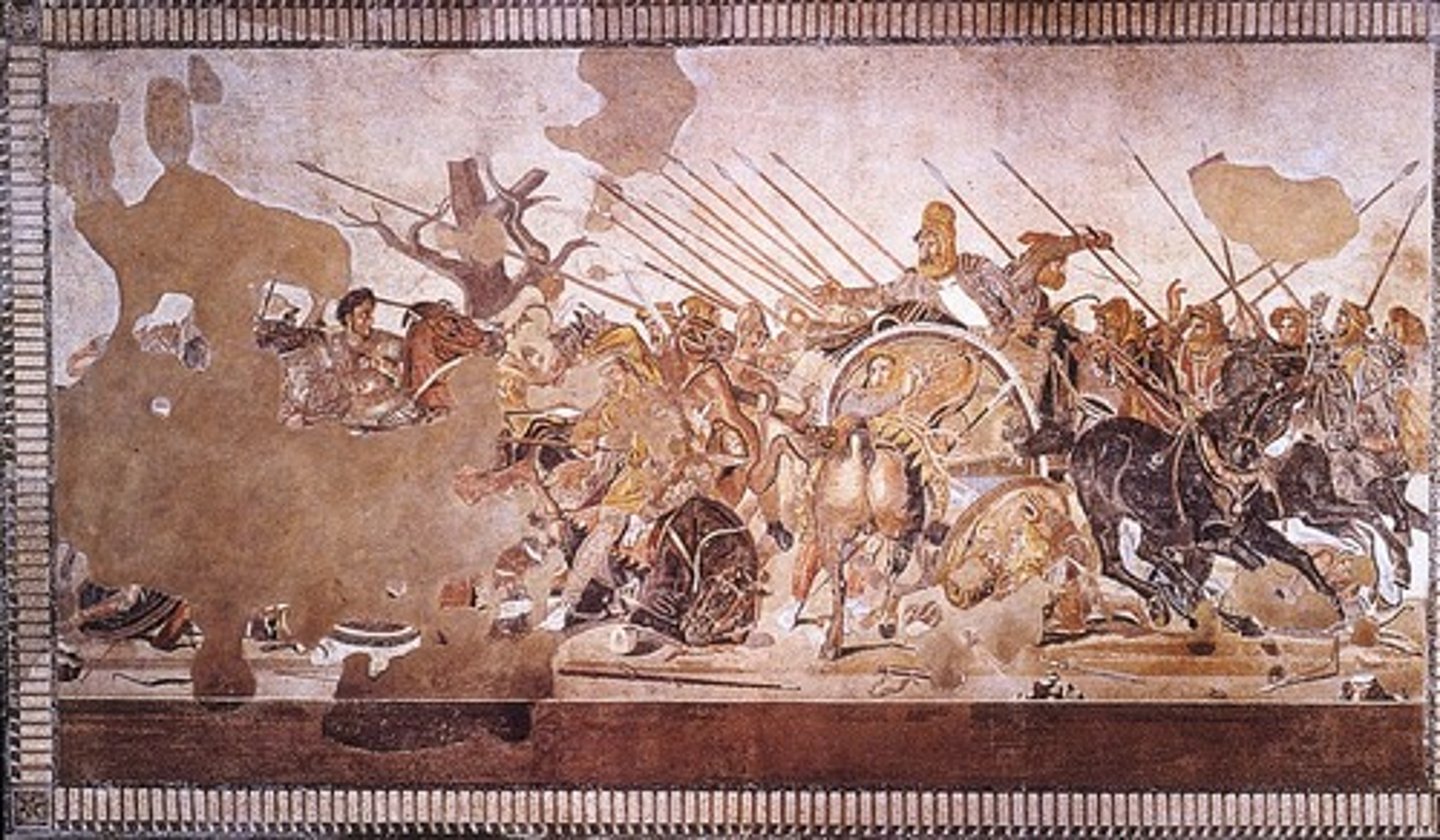
100 BCE (Republican Roman)
Date
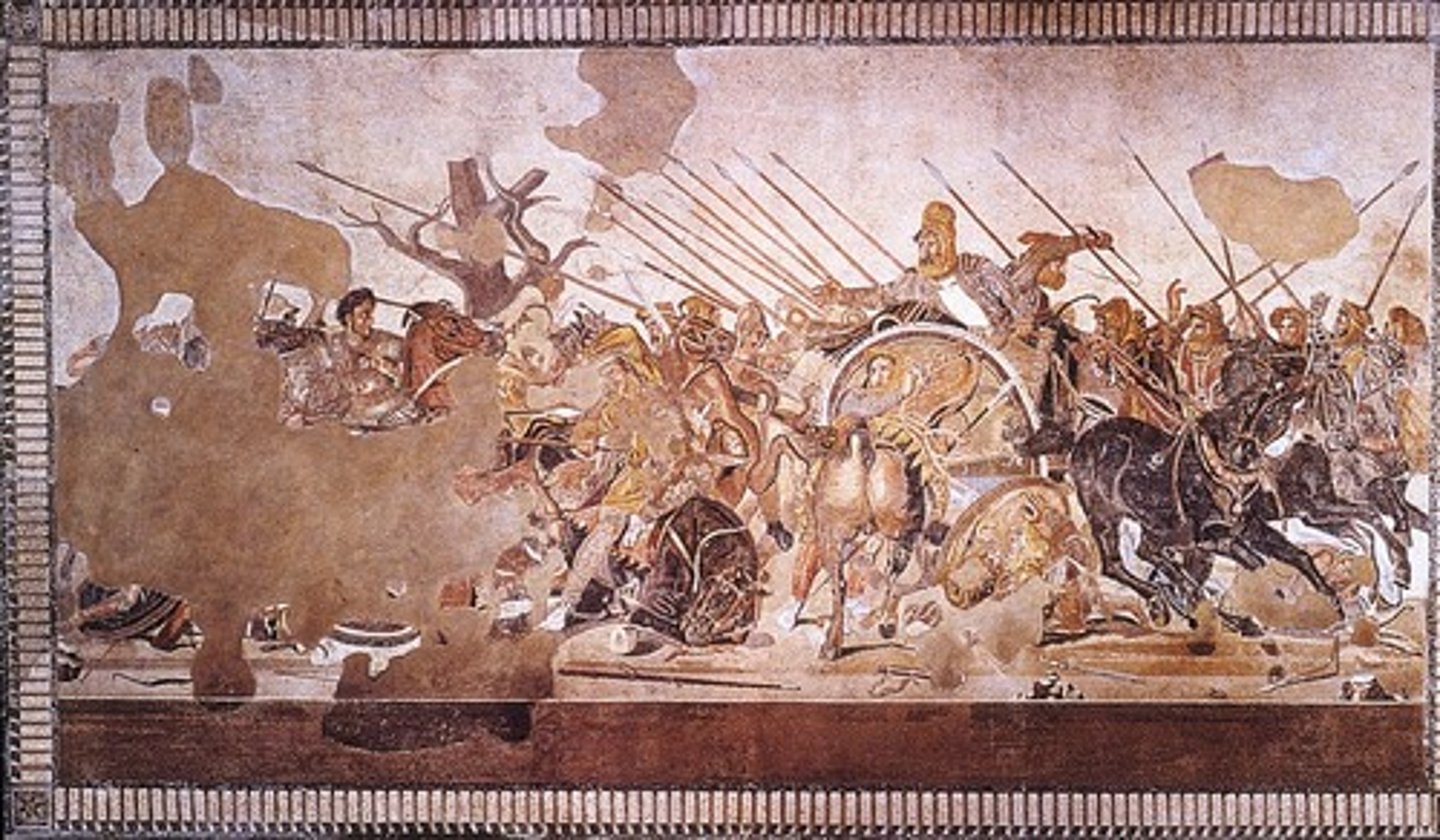
House of Faun, Pompeii, Italy
Location
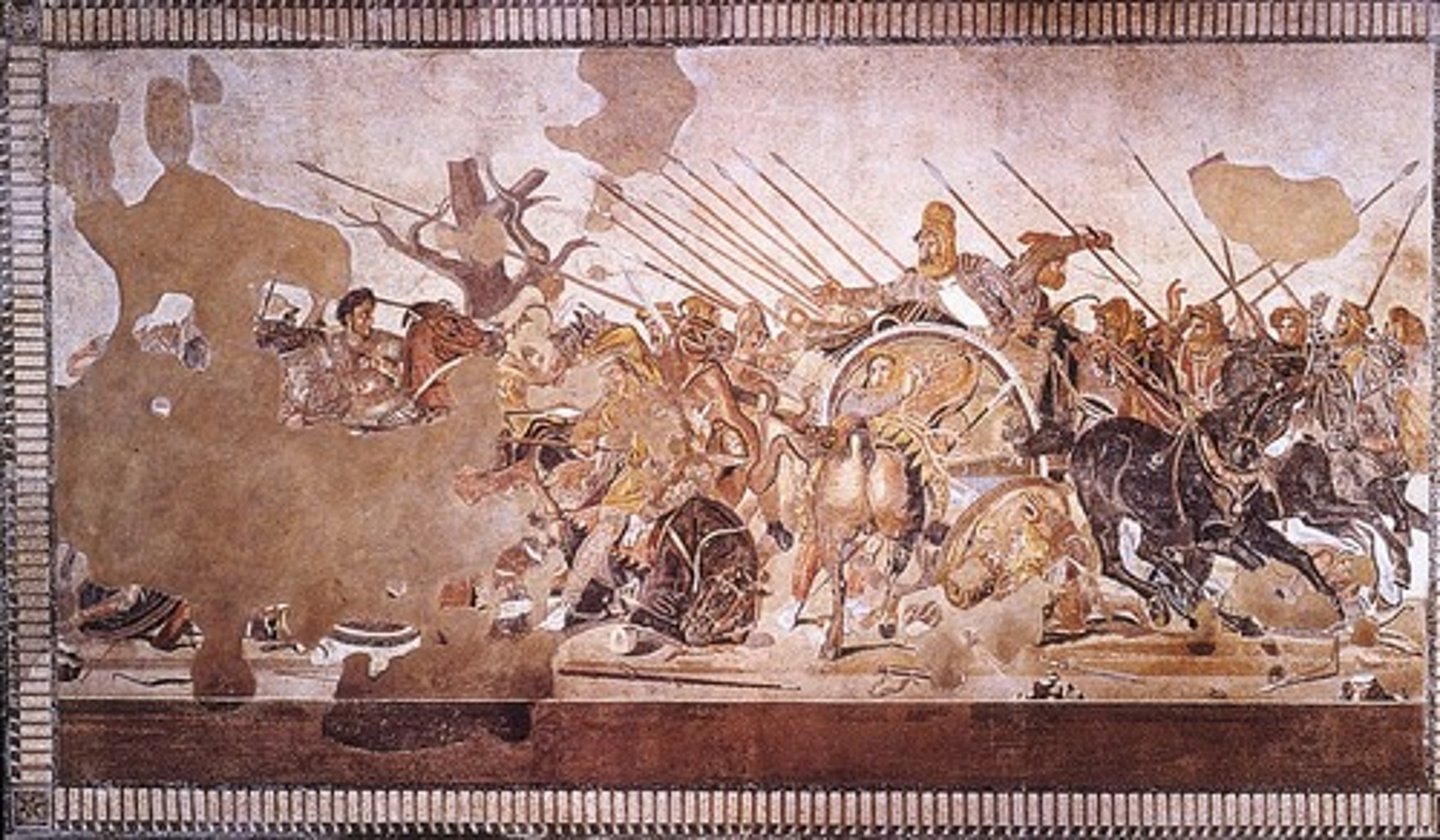
Stone and glass mosaic (Roman copy of a Greek wall painting of 310 BCE)
Material
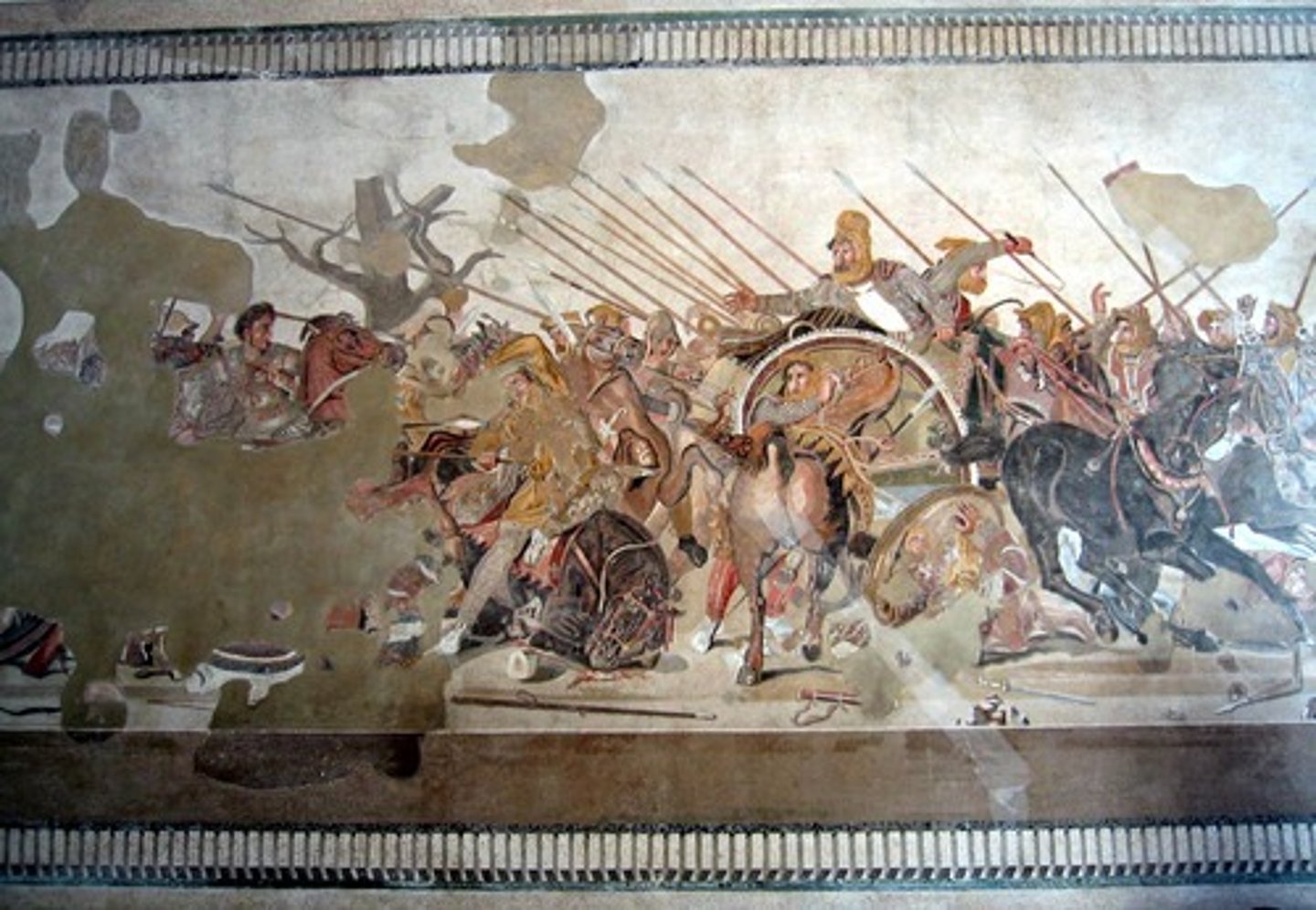
Head of a Roman patrician
Title
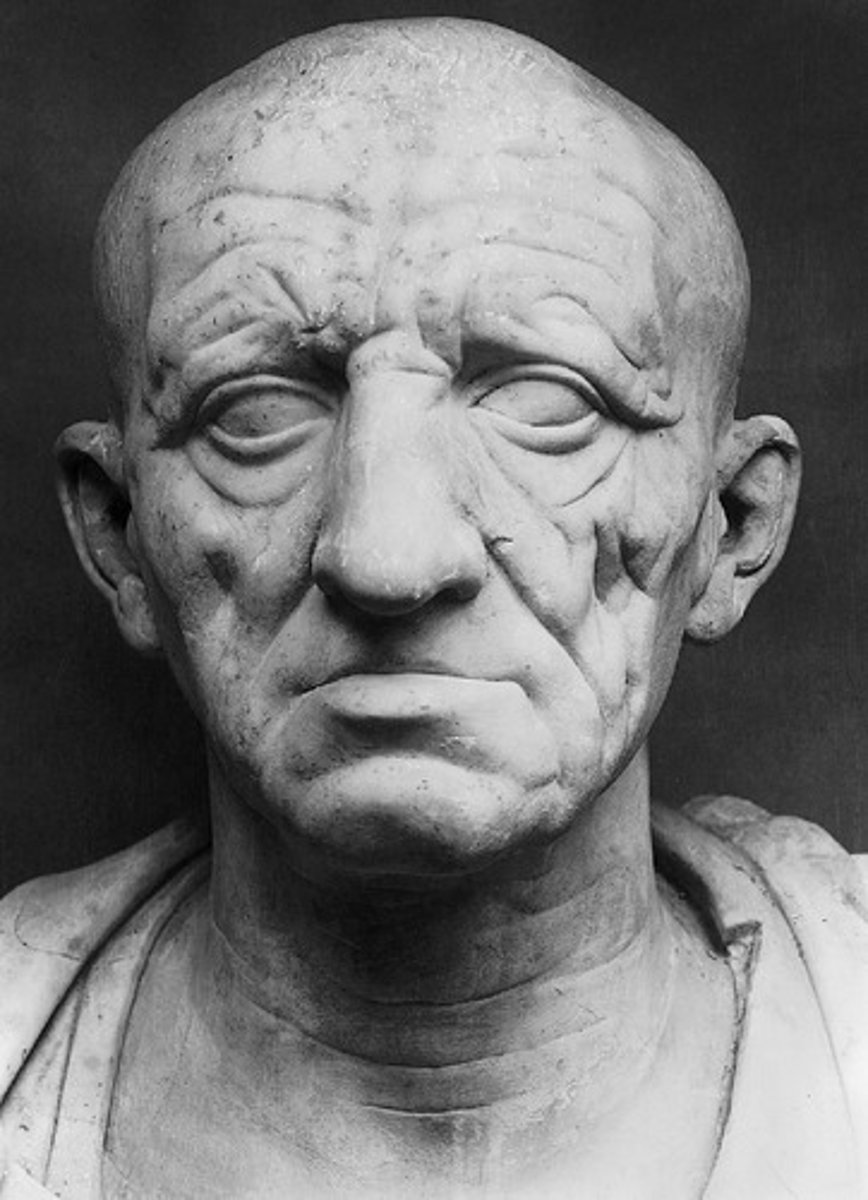
75-50 BCE (Republican Roman)
Date
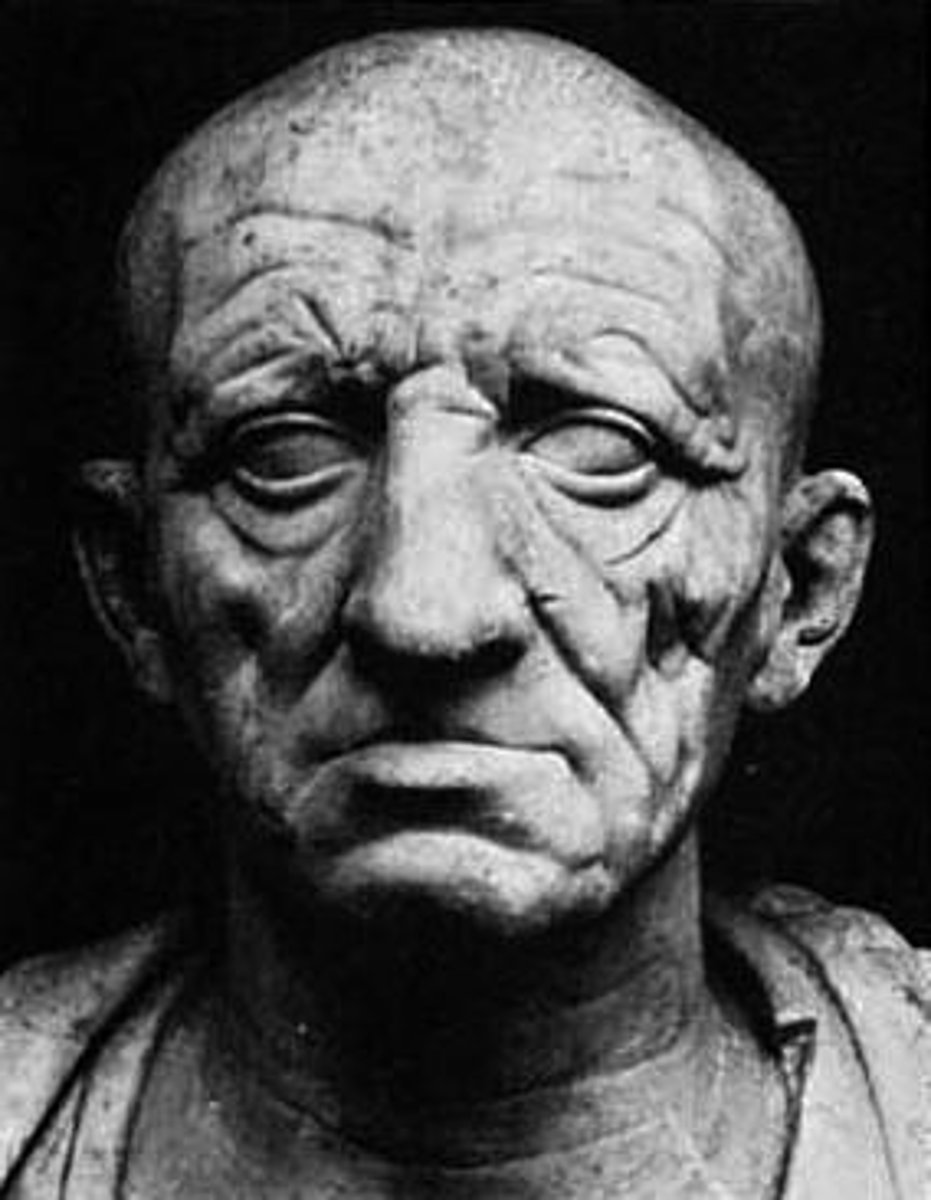
Otricoli, Italy
Location
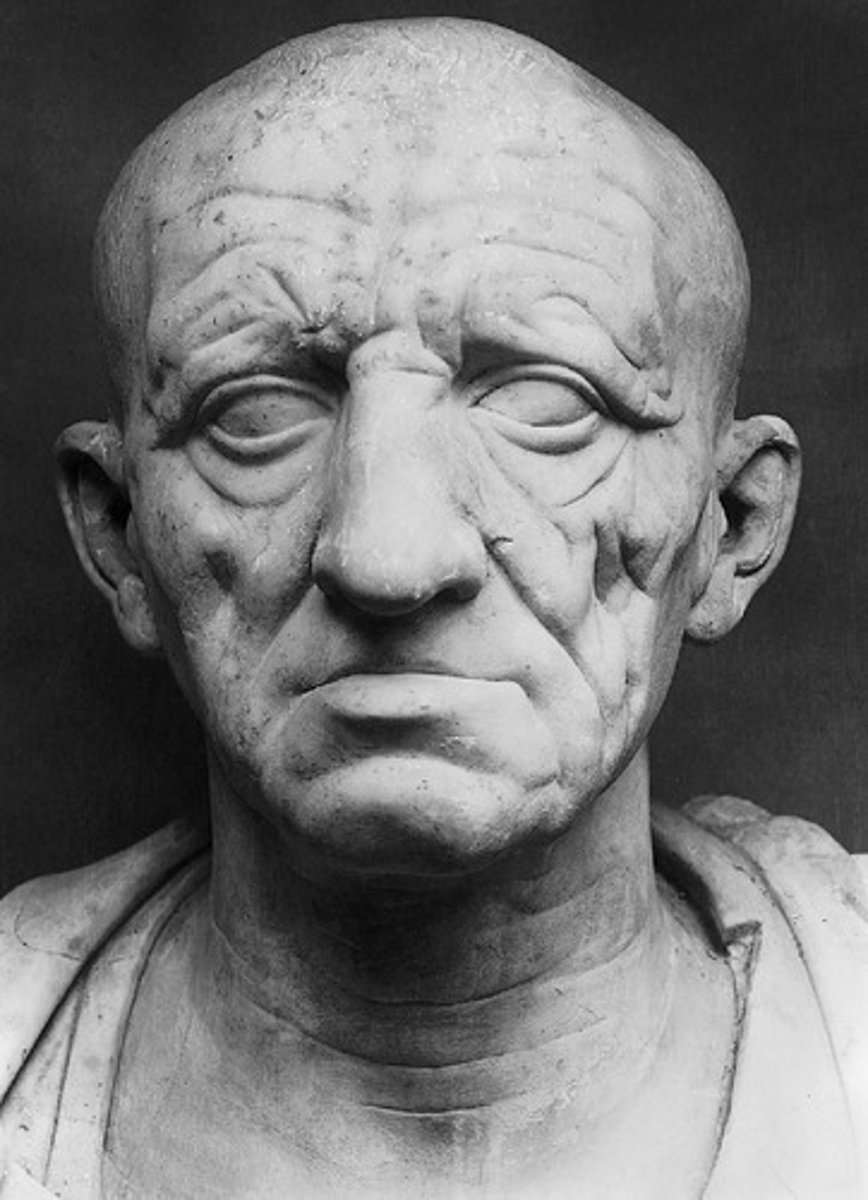
Marble
Material

Augustus of Prima Porta
Title
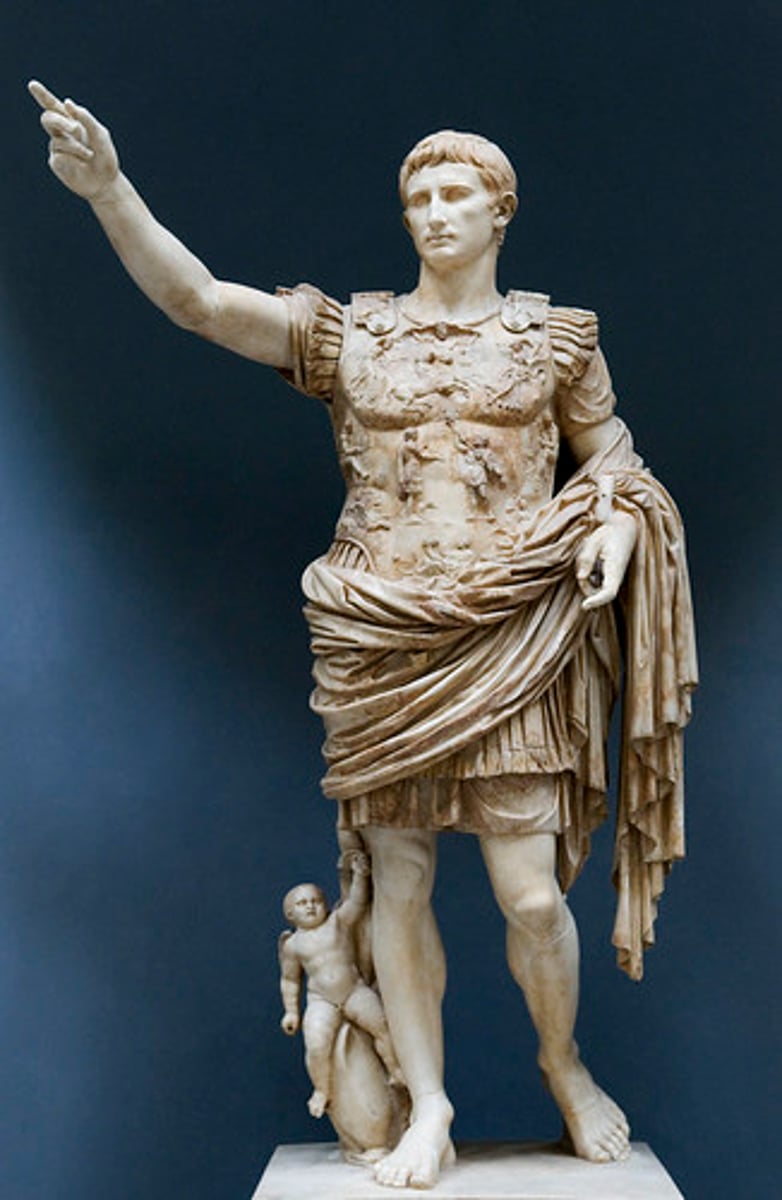
Early First Century CE (imperial roman)
Date
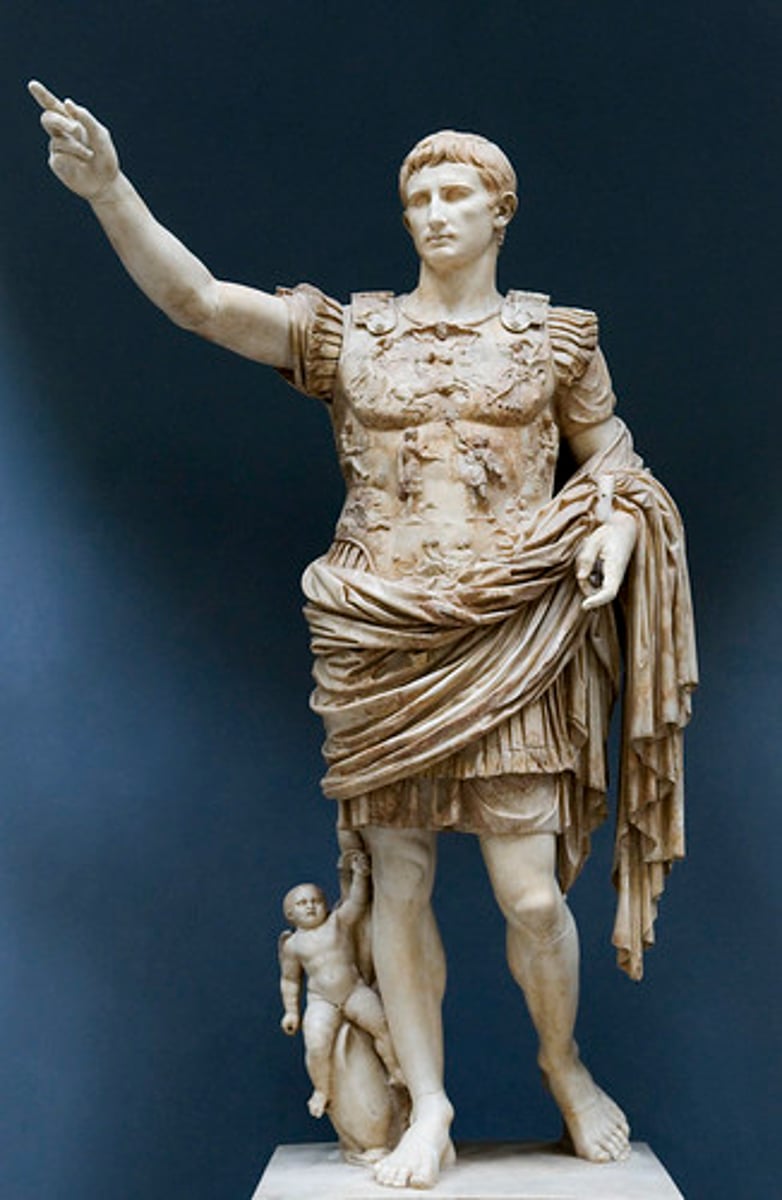
Prima Porta, Rome, Italy
Location
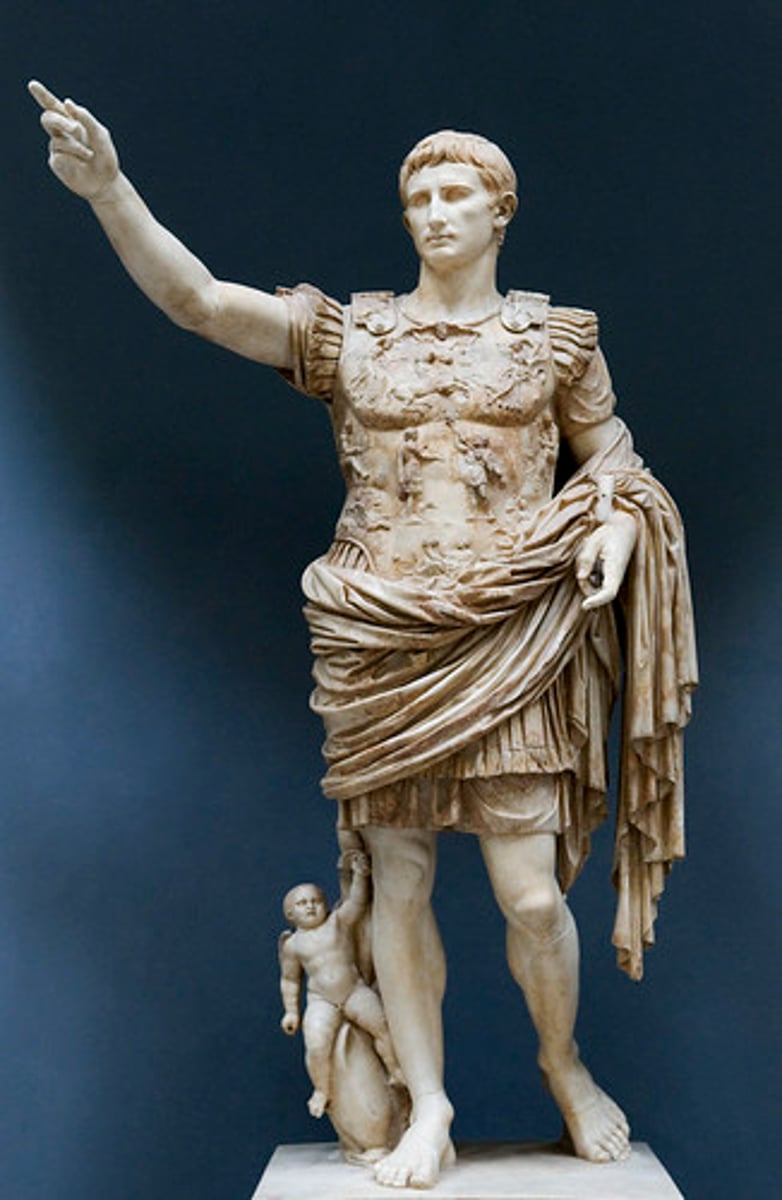
Marble
Material
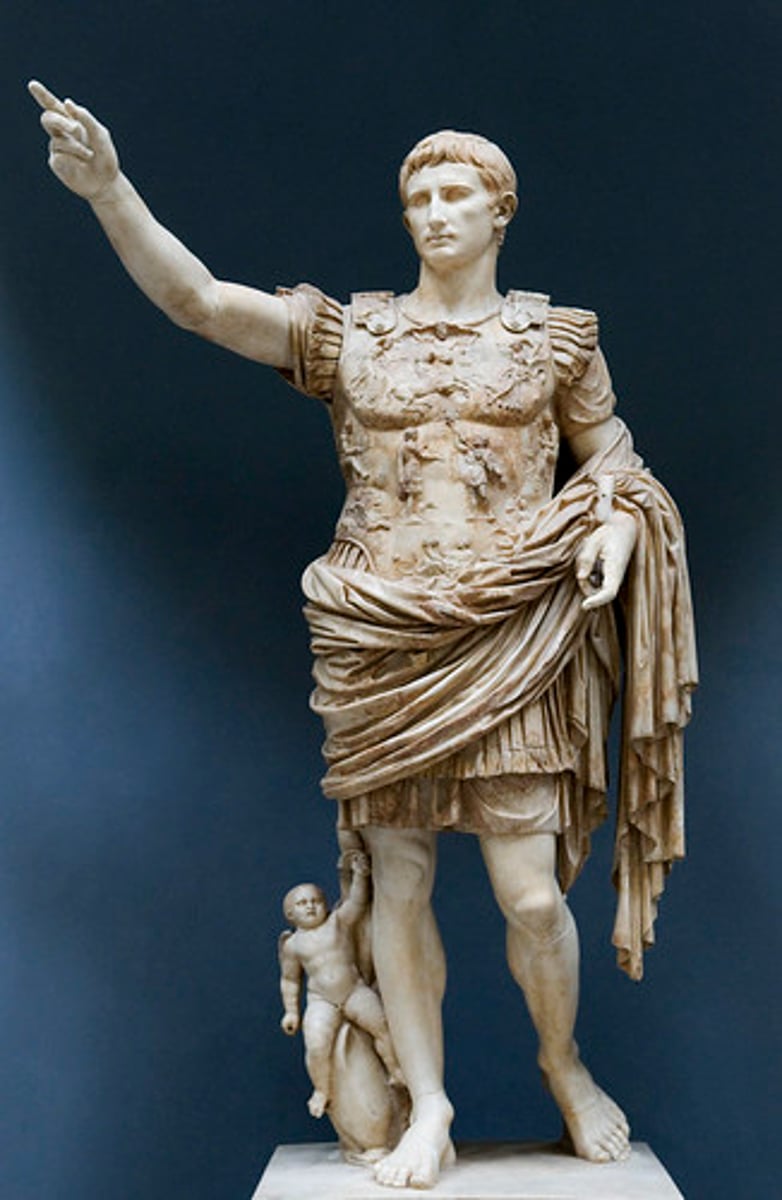
Colosseum (Flavian Amphitheater)
Title
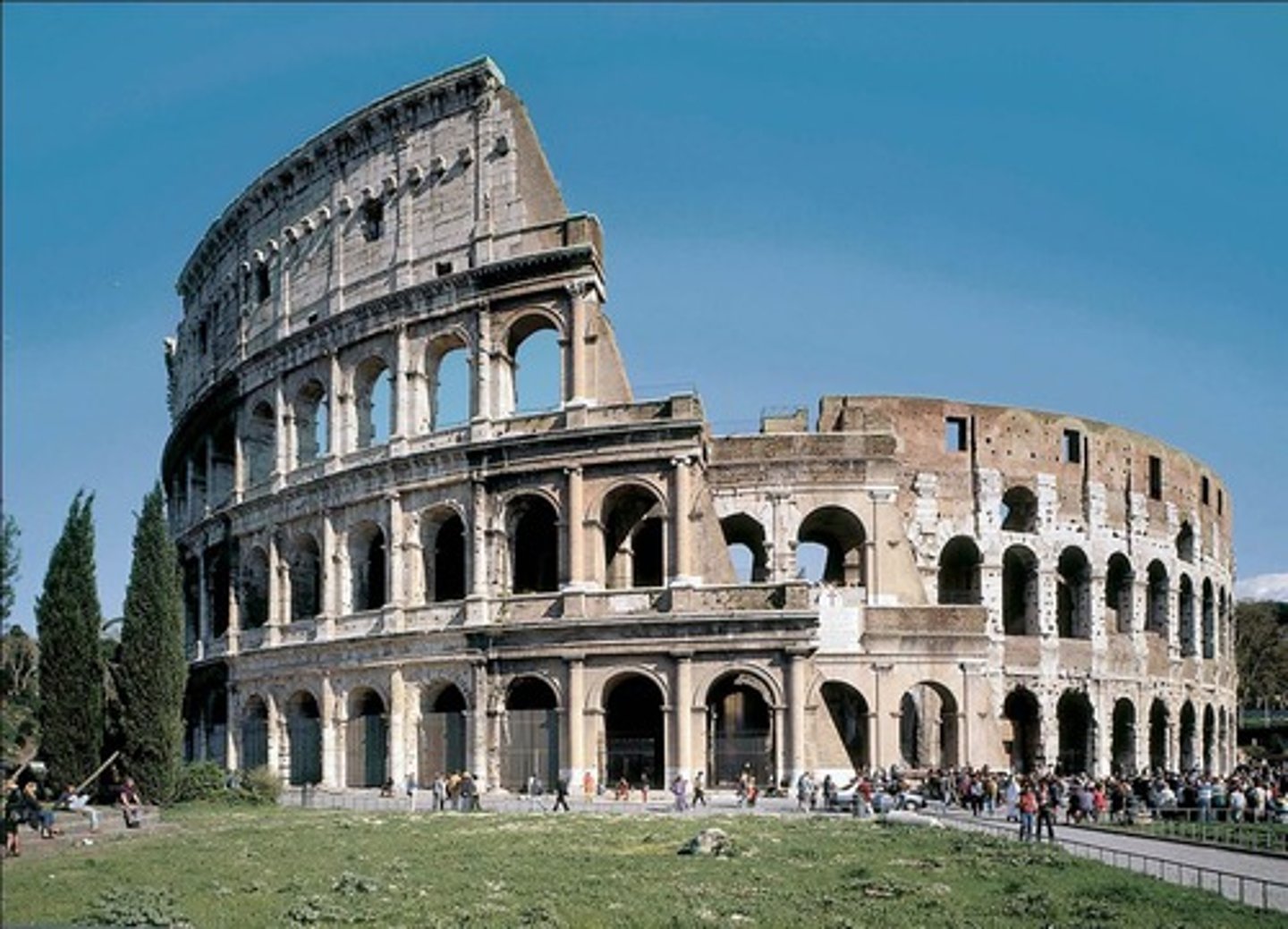
70-80 CE (Imperial Roman)
Date
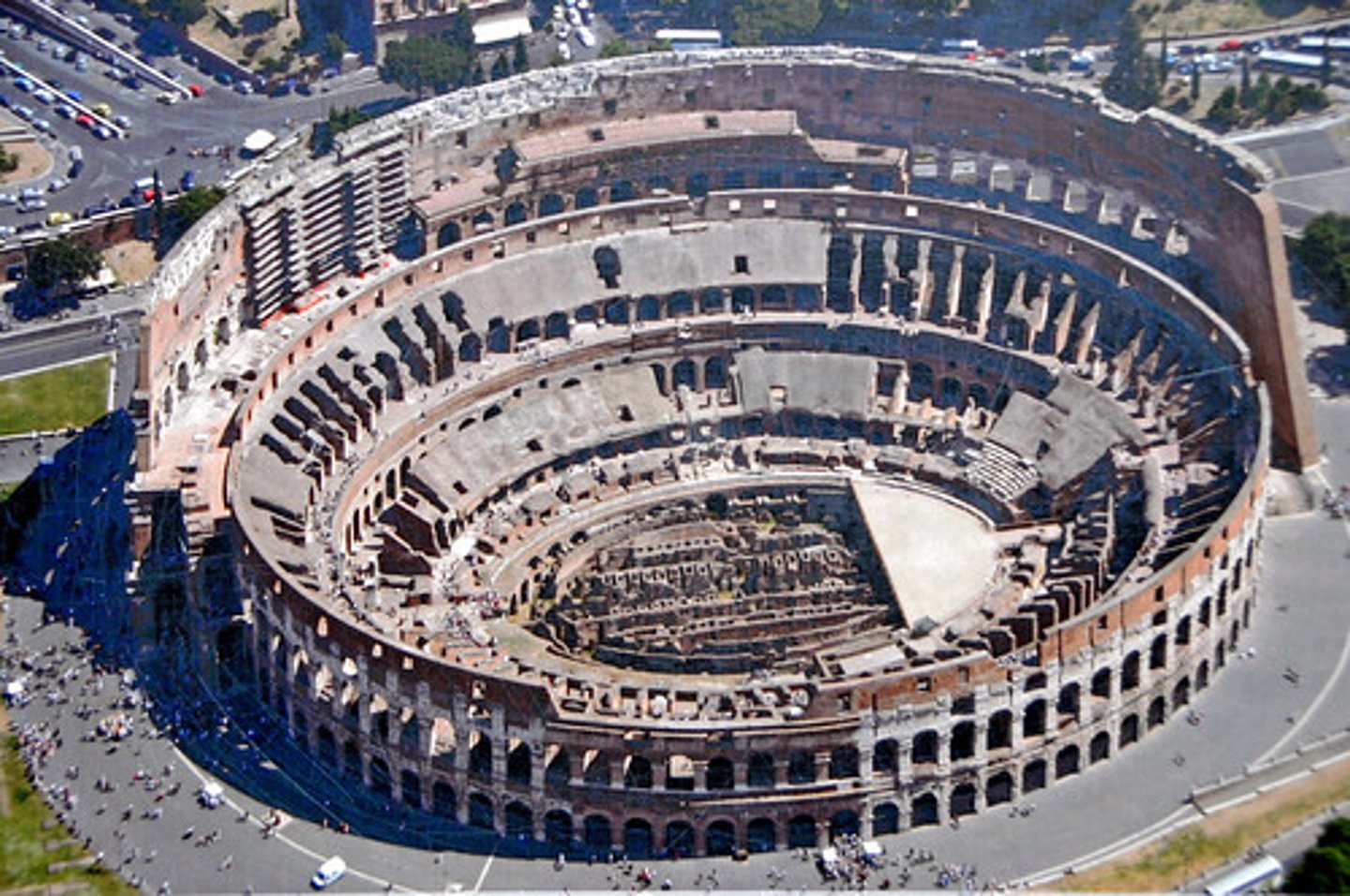
Rome, Italy
Location
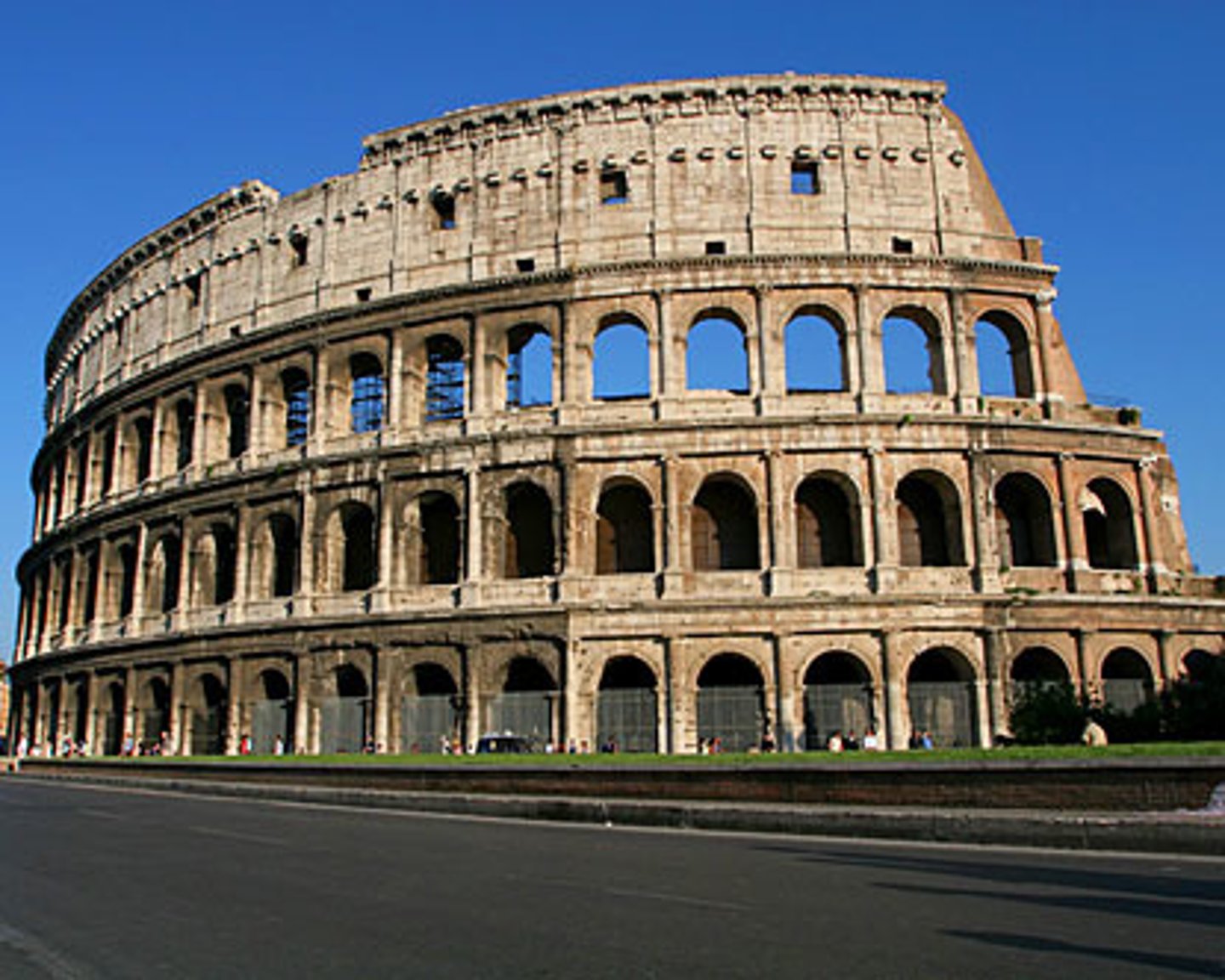
Stone and concrete
Material
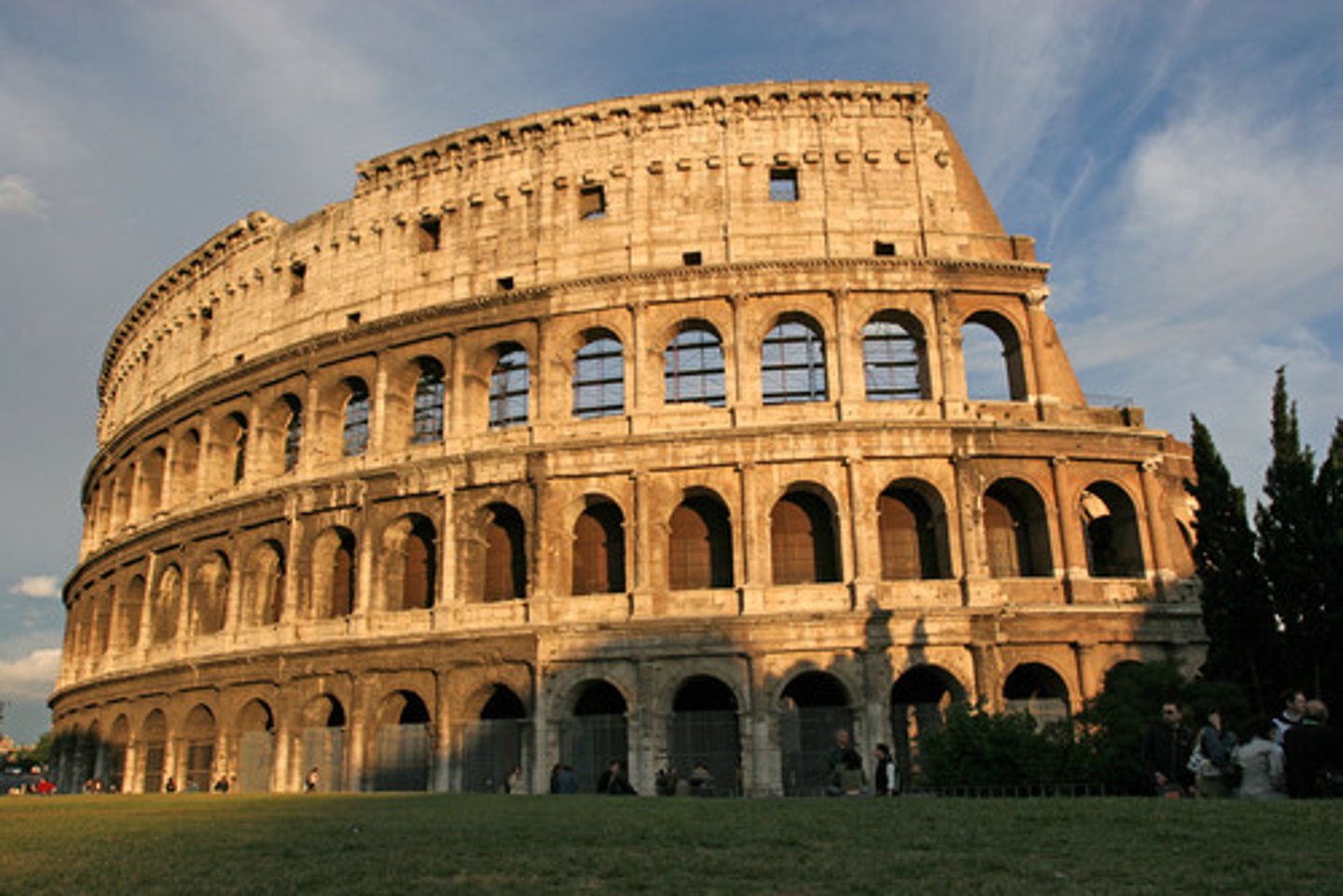
Forum of Trajan (Basilica Ulpia, markets, Column of Trajan)
Title
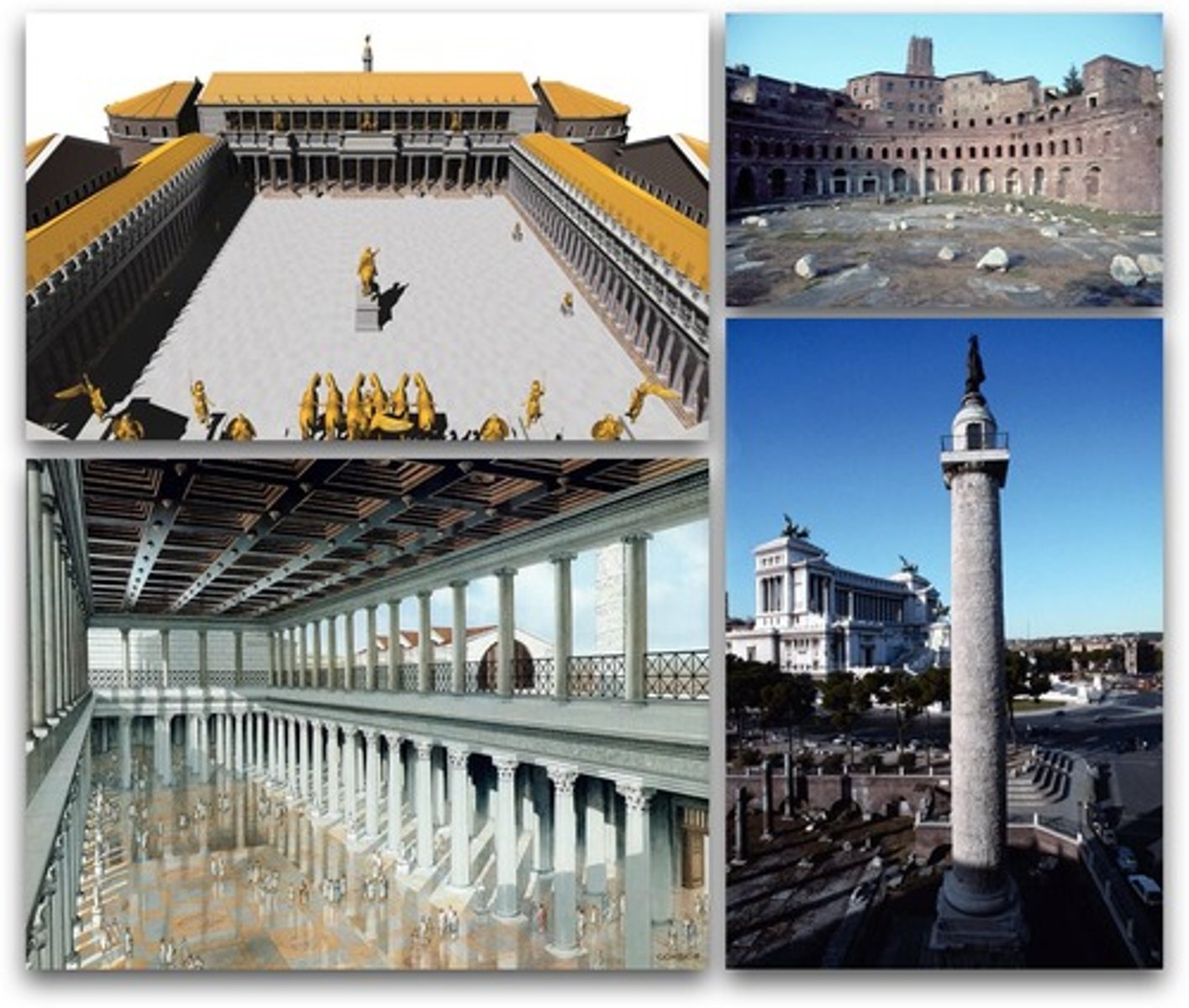
106-112 CE
Date
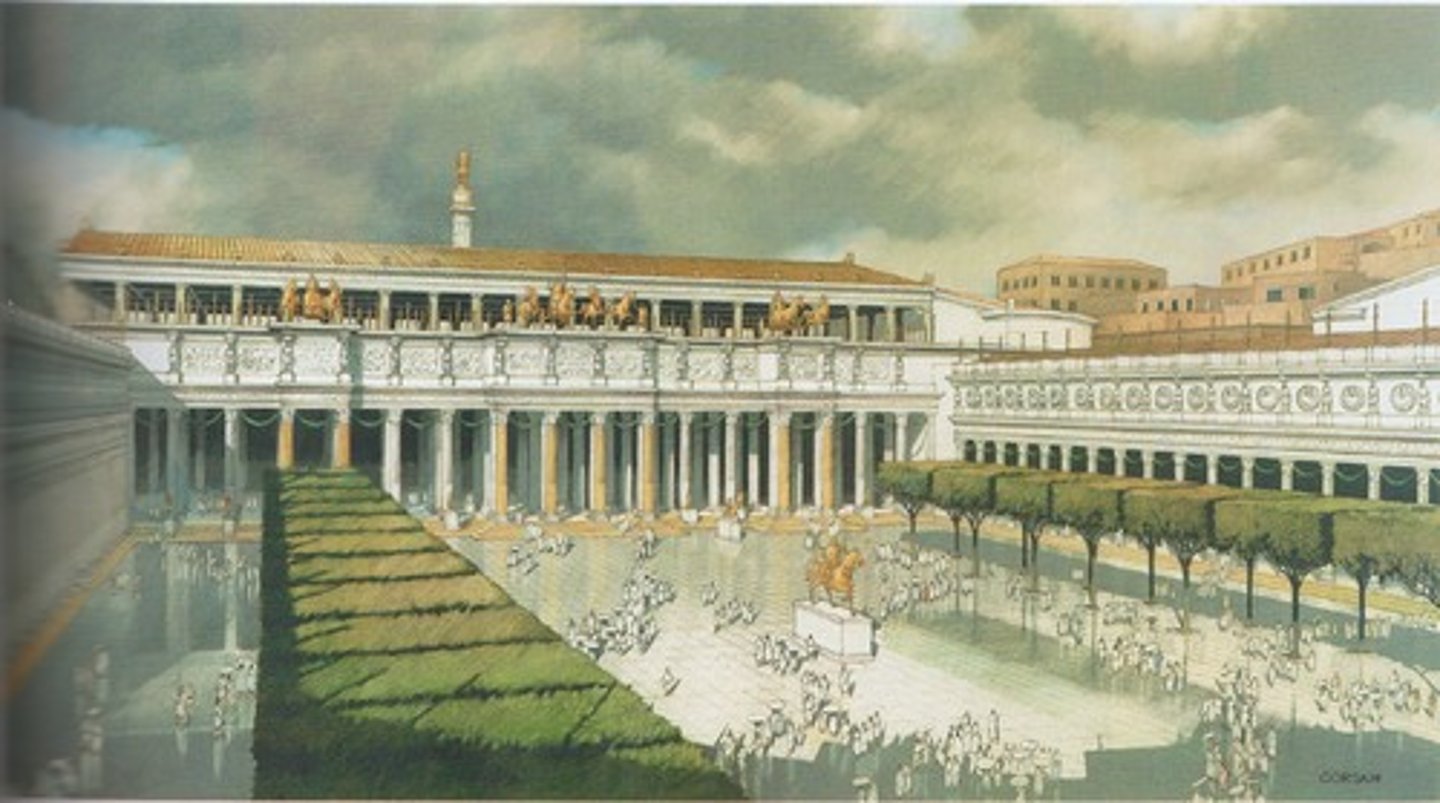
Rome, Italy
Location
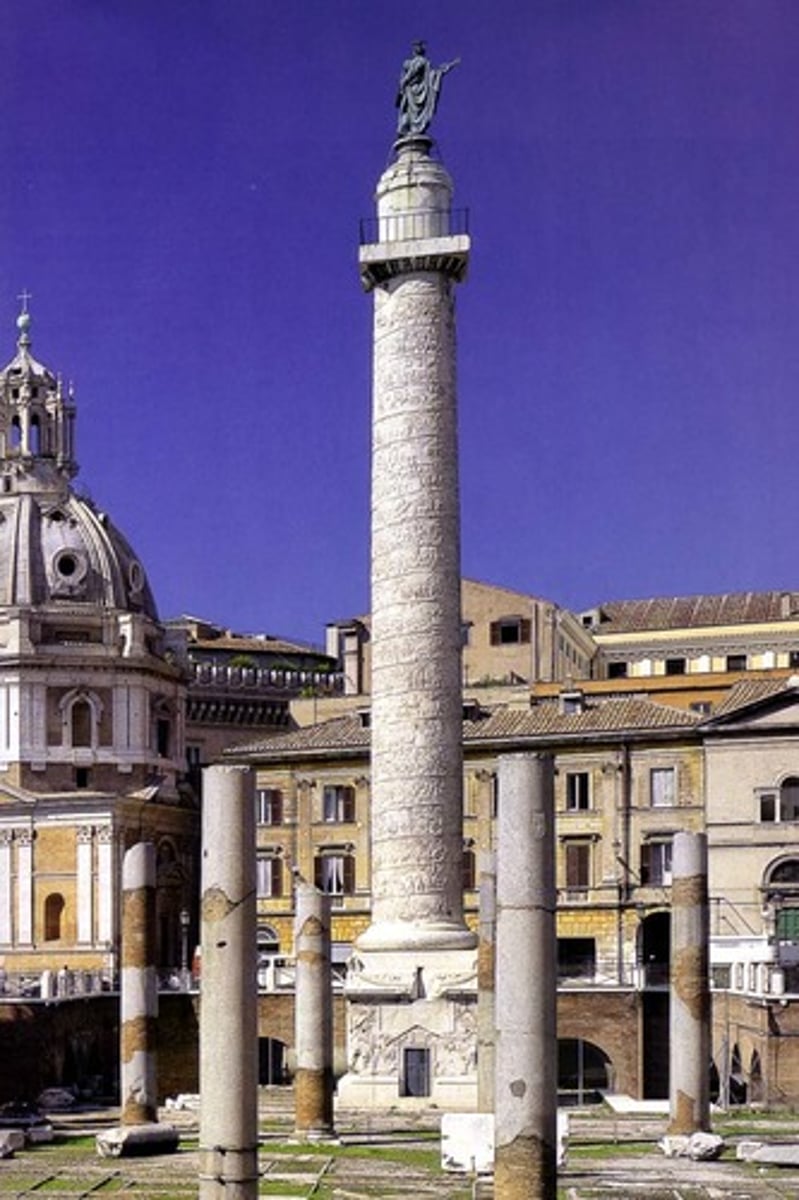
Brick and concrete (architecture); marble (column); designed by Apollodorus of Damascus
Material
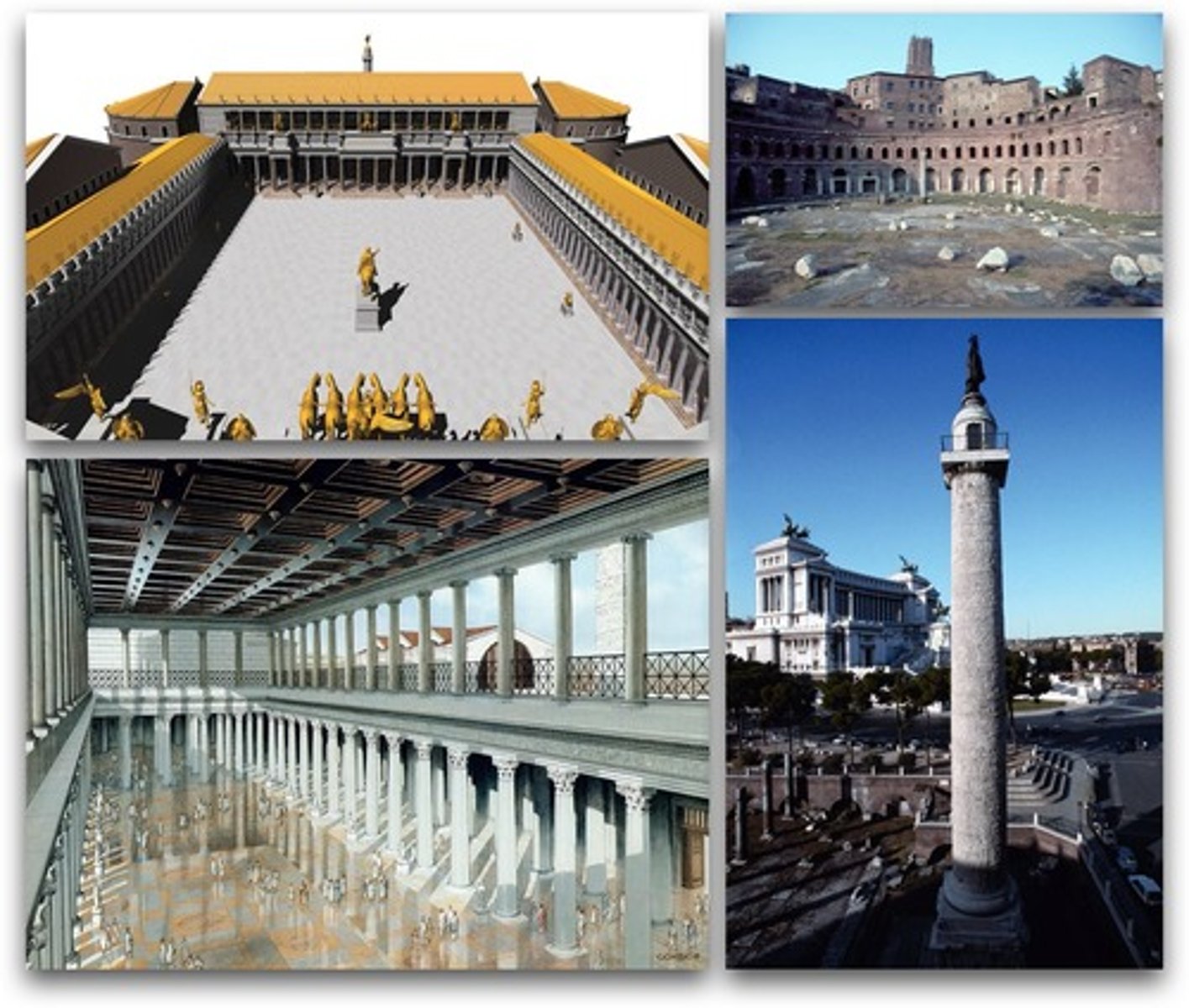
Pantheon
Title
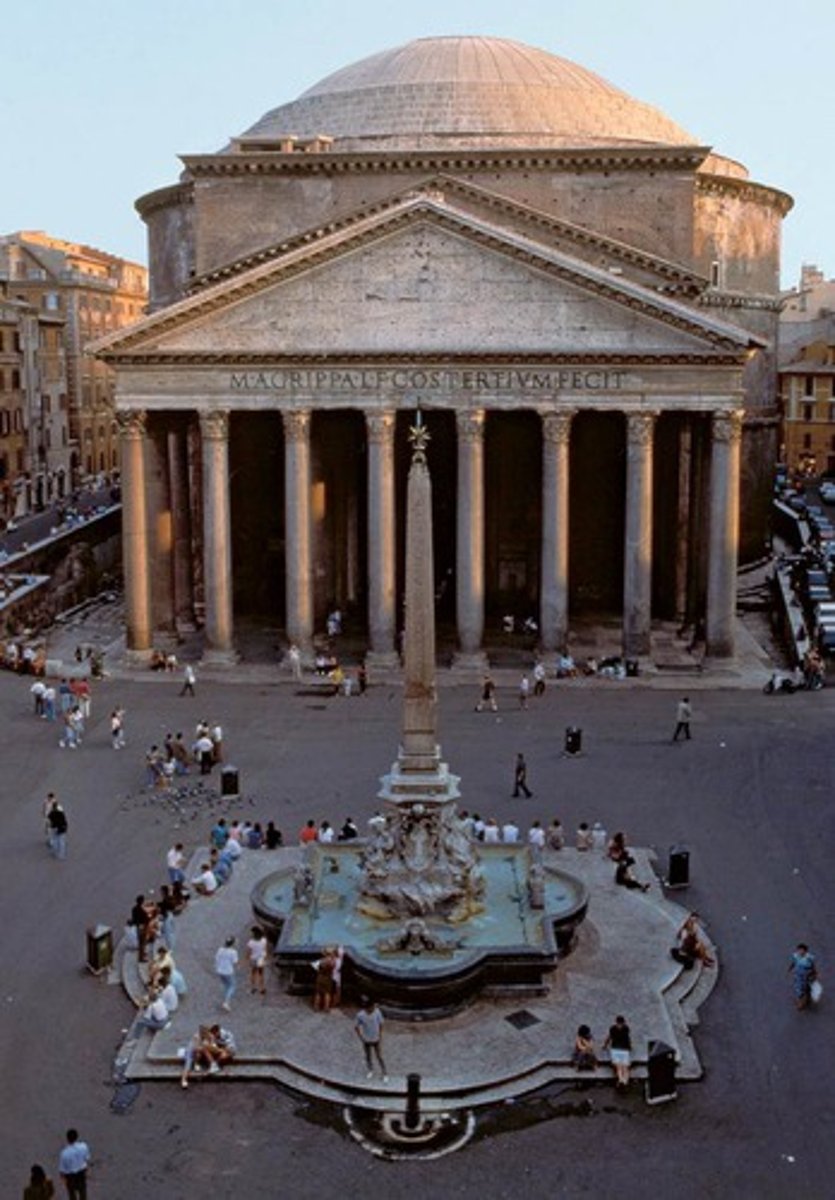
118-125 CE (Imperial Roman)
Date

Rome, Italy
Location
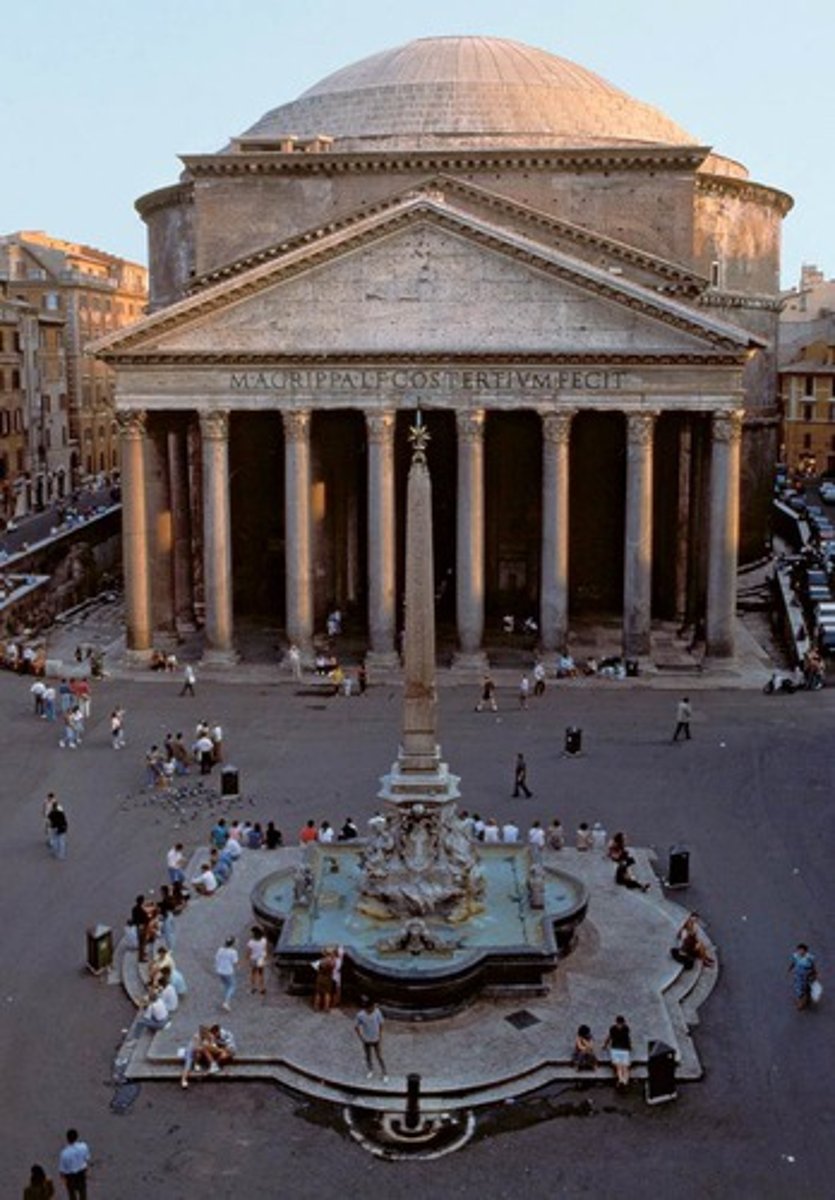
concrete with stone facing
Material
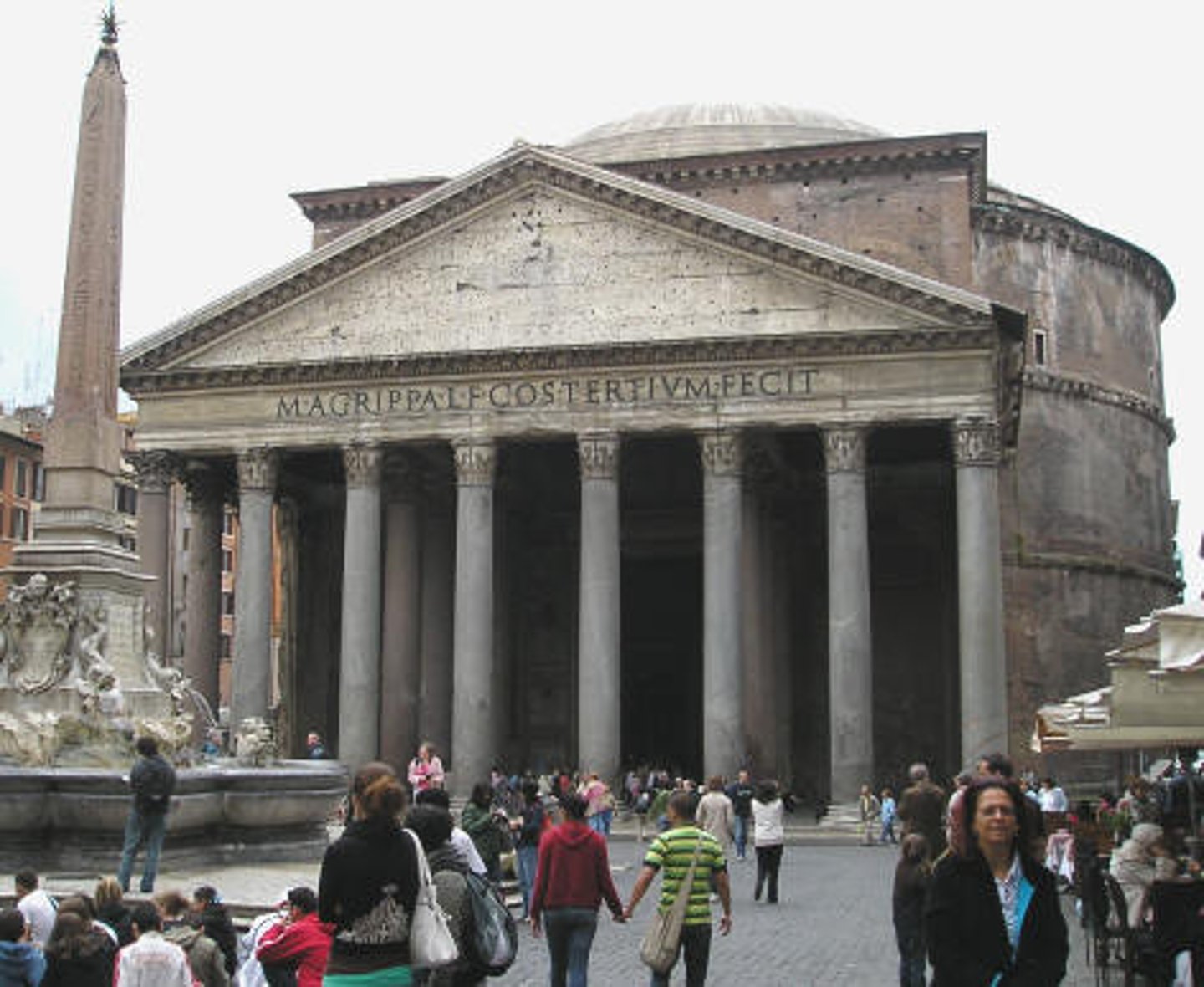
Ludovisi Battle Sarcophagus
Title
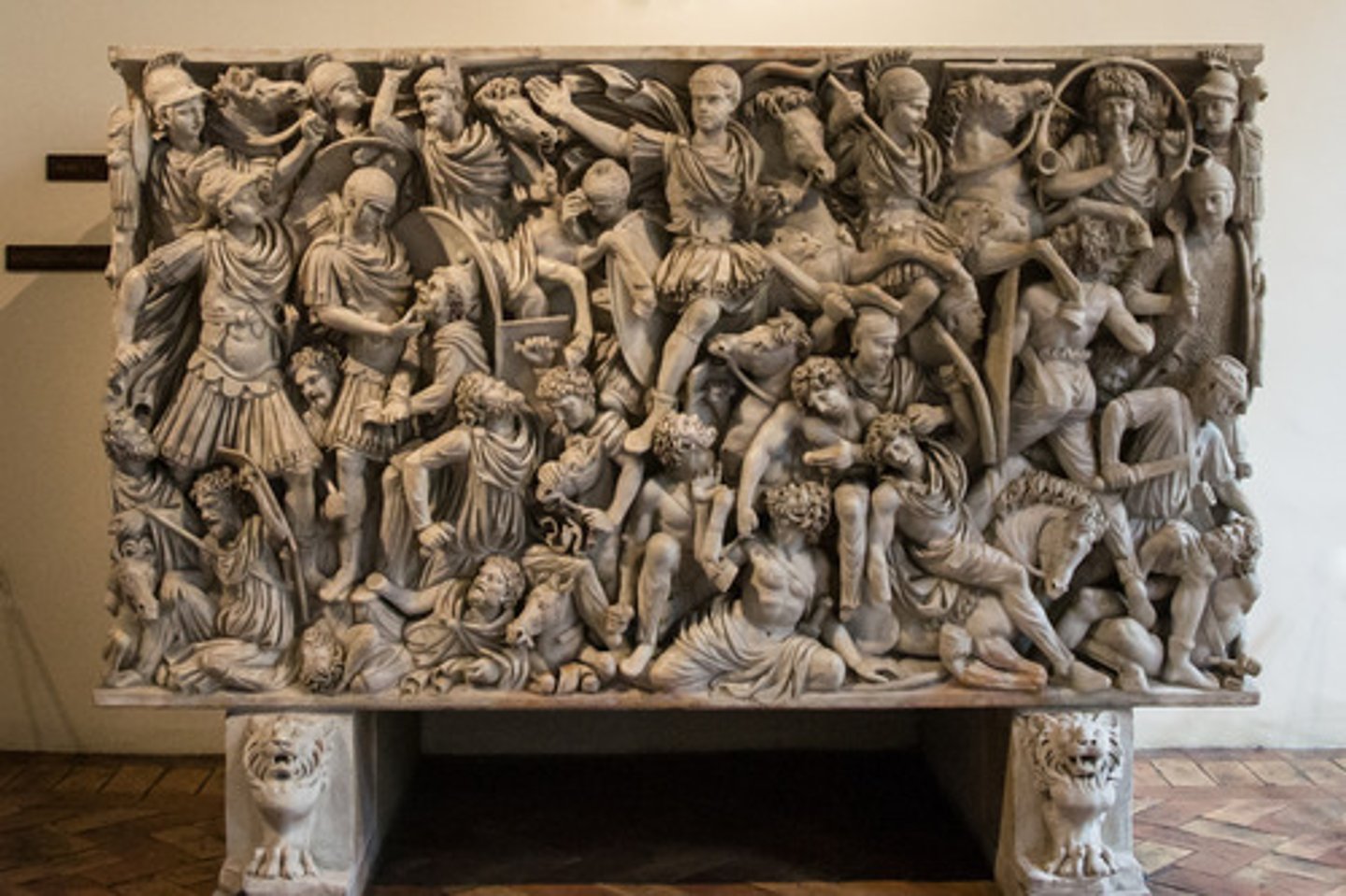
250 CE (late imperial roman)
Date

Rome, Italy
Location
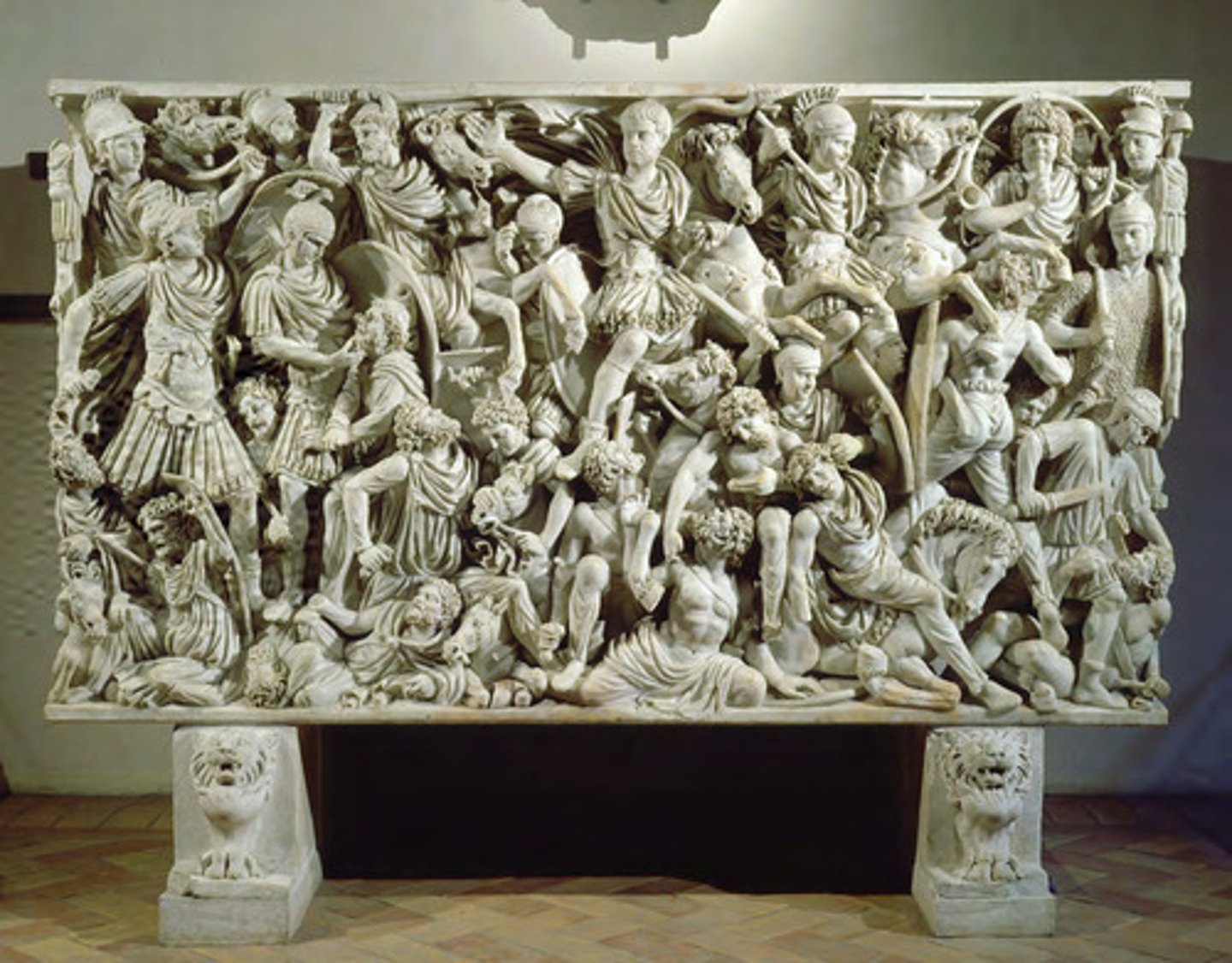
Marble
Material
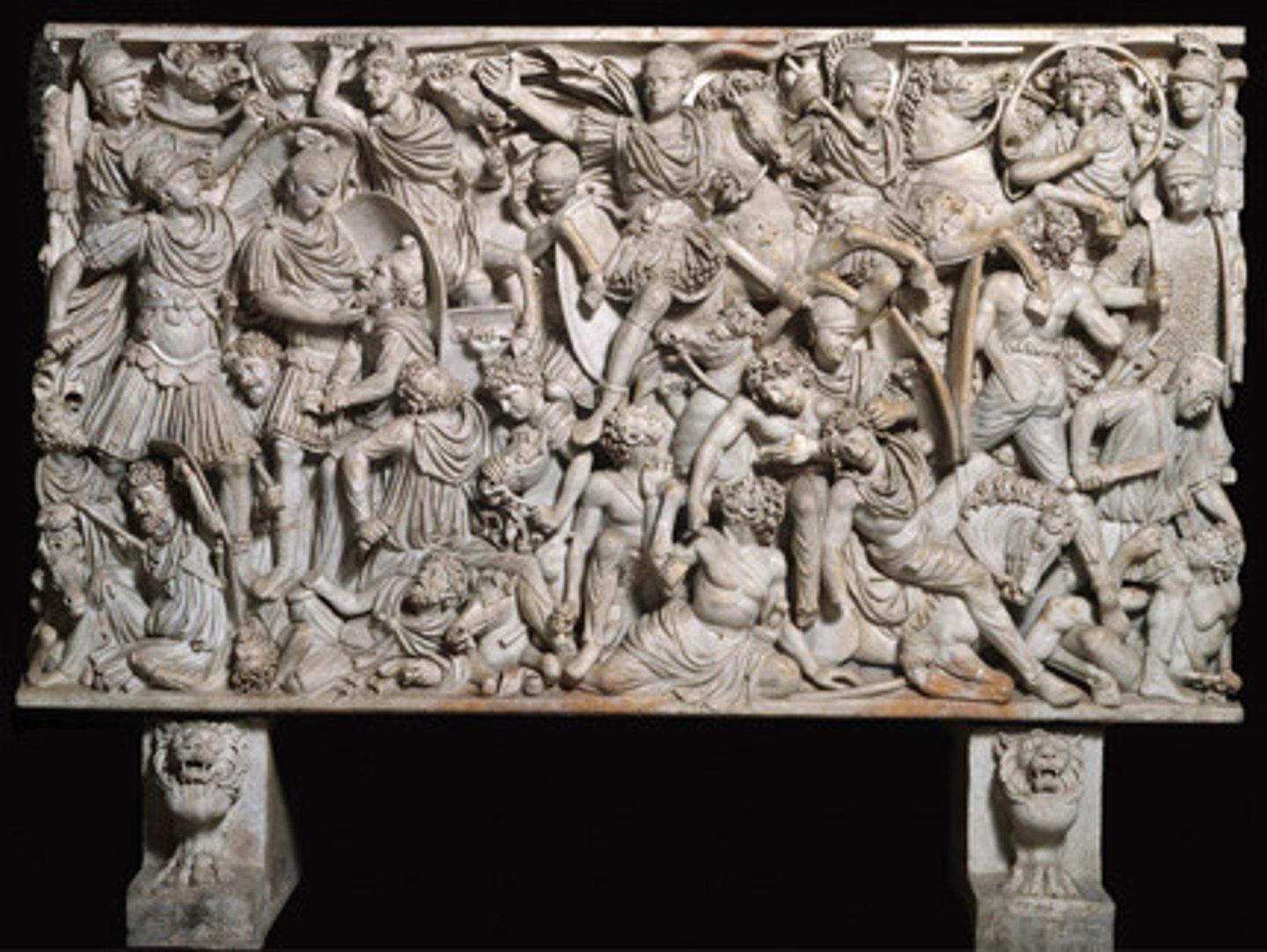
(c. 509–27 BCE)
Government: Senate and elected magistrates
Art: Veristic (realistic) portraits, strong sense of civic virtue and individuality
Architecture: Concrete innovation, early temples inspired by Etruscan + Greek forms
Key works: Head of a Roman Patrician, Temple of Portunus (Fortuna Virilis), House of the Vettii
Roman Republic
c. 27 bce - 476 ce
🏛 Early Imperial Rome (27 BCE–96 CE)
Begins with Augustus → Pax Romana (peace and prosperity)
Art: Idealized, propaganda-driven (Augustan Classicism)
Architecture: Monumental scale, arches, domes, concrete mastery
Key works: Augustus of Prima Porta, Ara Pacis, Colosseum (Flavian Amphitheater), Pont du Gard
🦅 High Imperial Rome (96–192 CE)
Height of empire under Trajan, Hadrian, Marcus Aurelius
Art: Classical idealism with realism; imperial monuments glorify empire and leadership
Key works: Forum of Trajan, Pantheon, Column of Trajan, Equestrian Statue of Marcus Aurelius
⚔ Late Imperial Rome (c. 193–476 CE)
Crisis of the 3rd century, Diocletian reforms, Constantine’s Christian era
Art: Abstract, symbolic, hierarchical (spiritual over naturalism)
Key works: Ludovisi Battle Sarcophagus, Tetrarchs, Basilica of Maxentius and Constantine, Arch of Constantine
Imperial Rome (Early, High, Late)